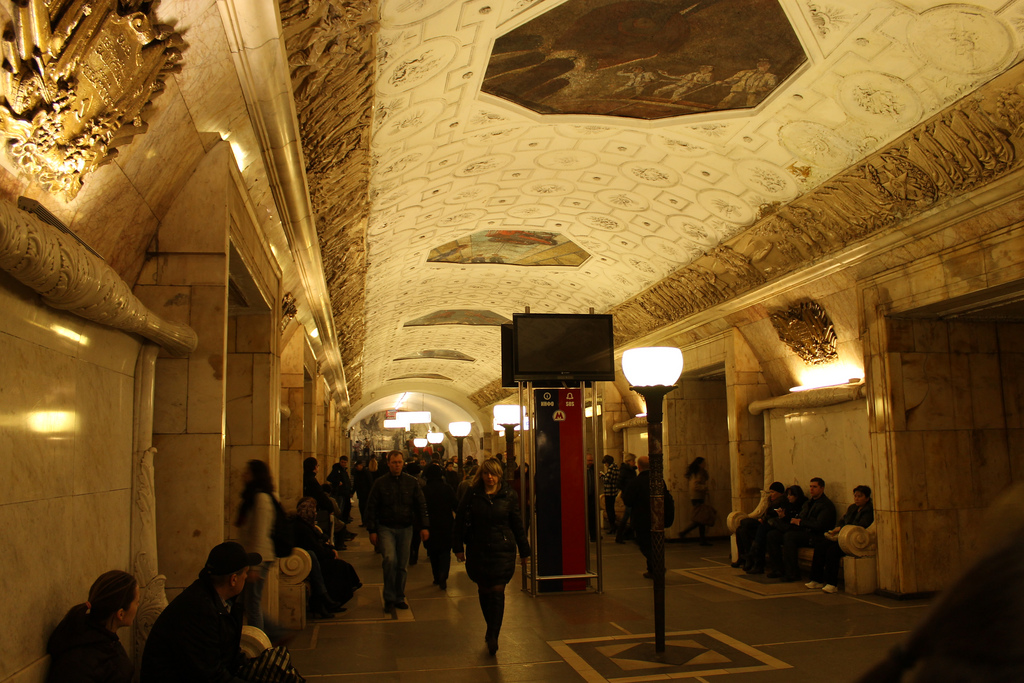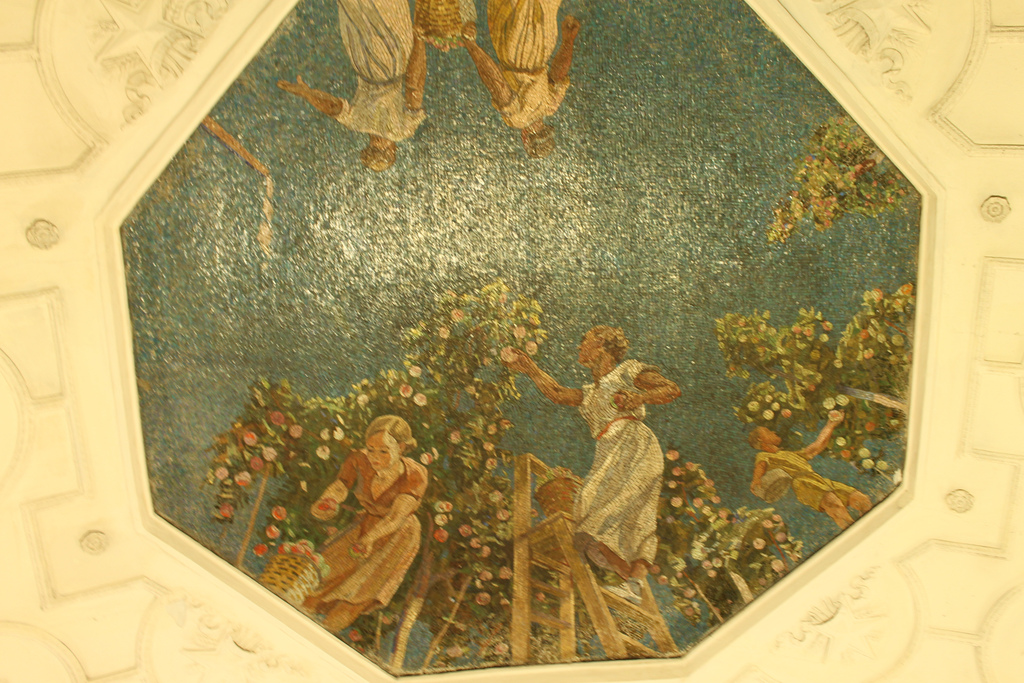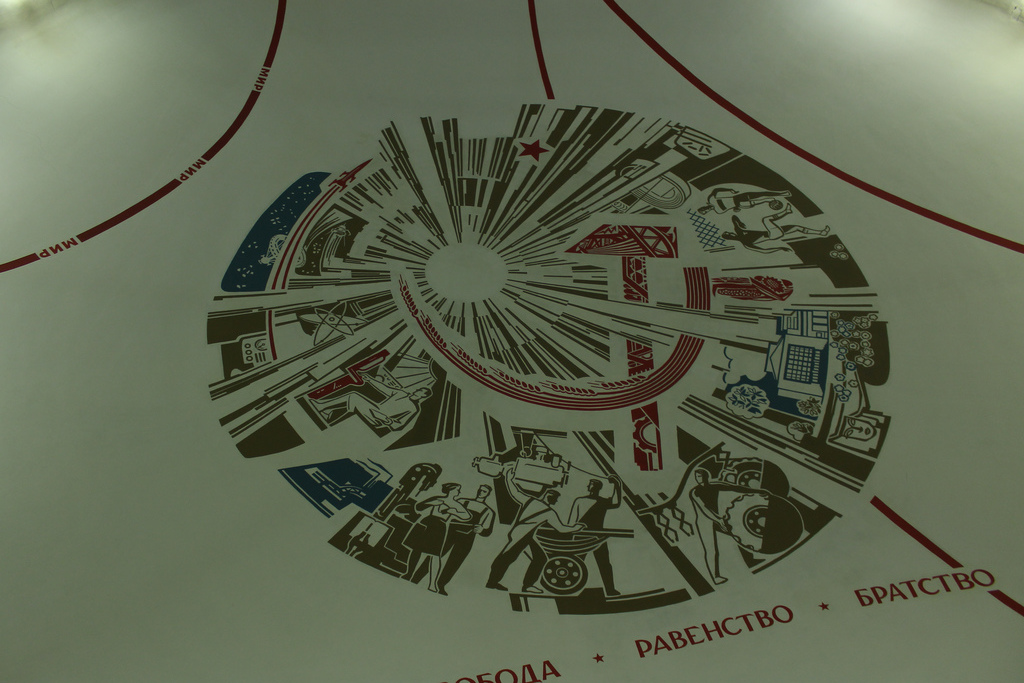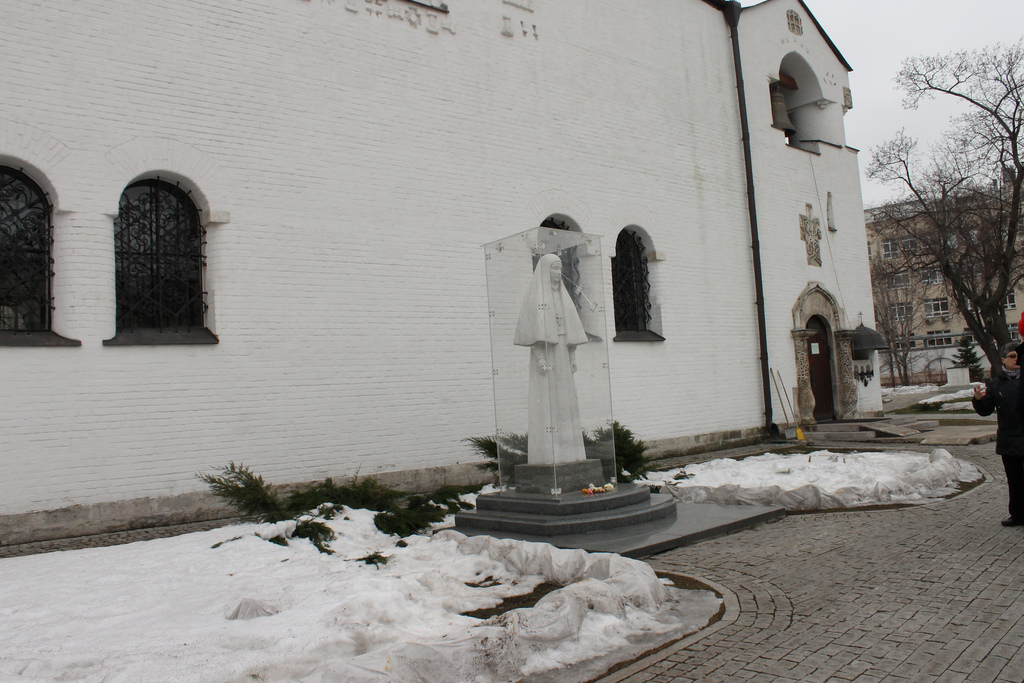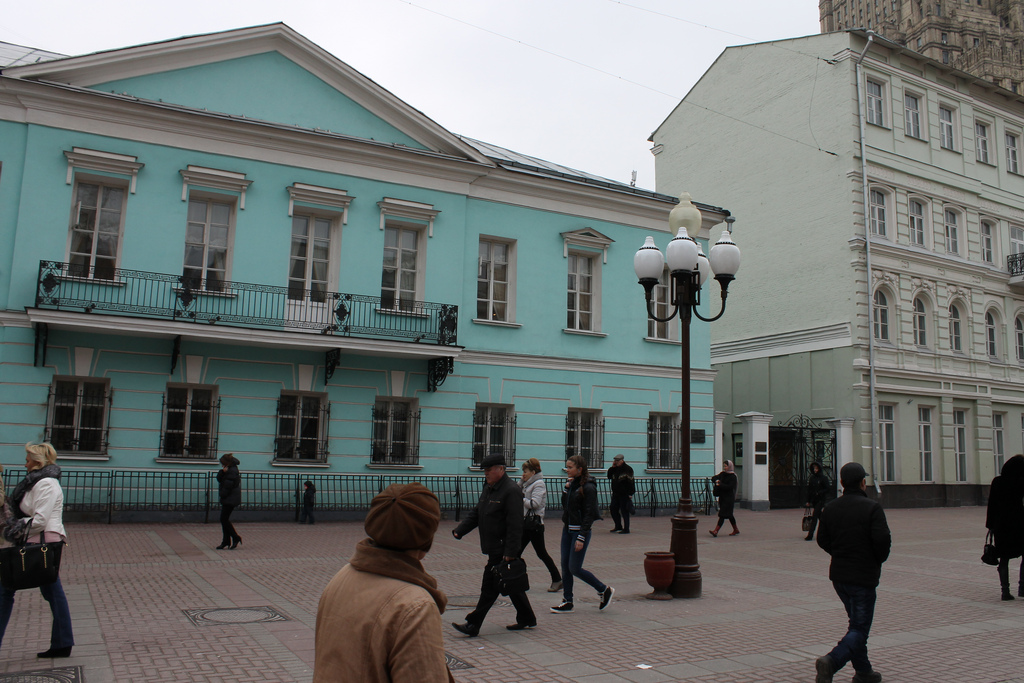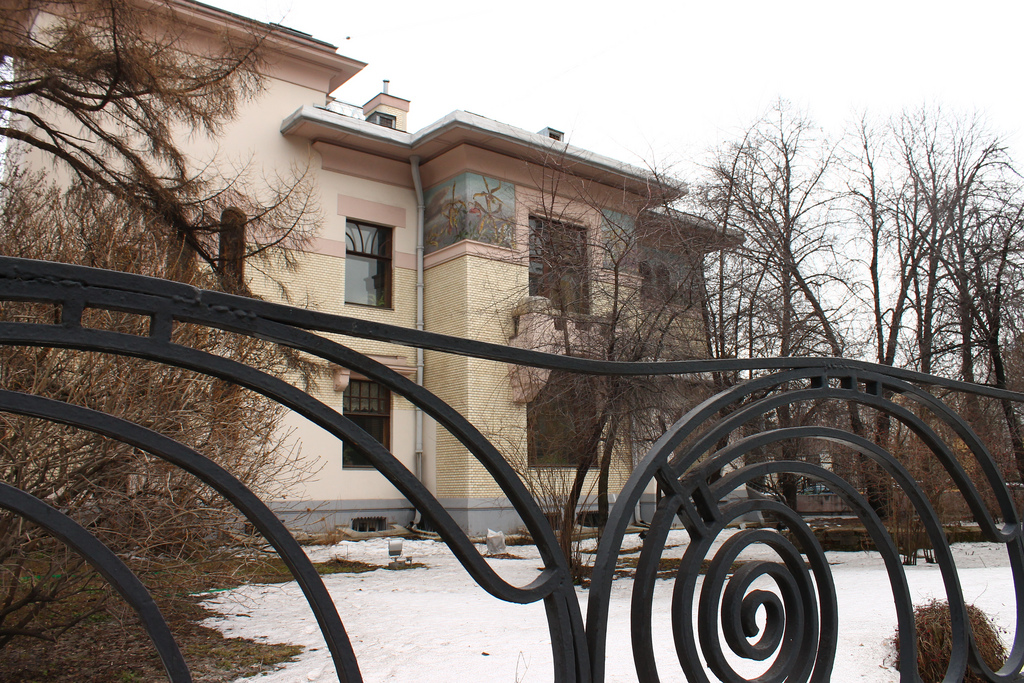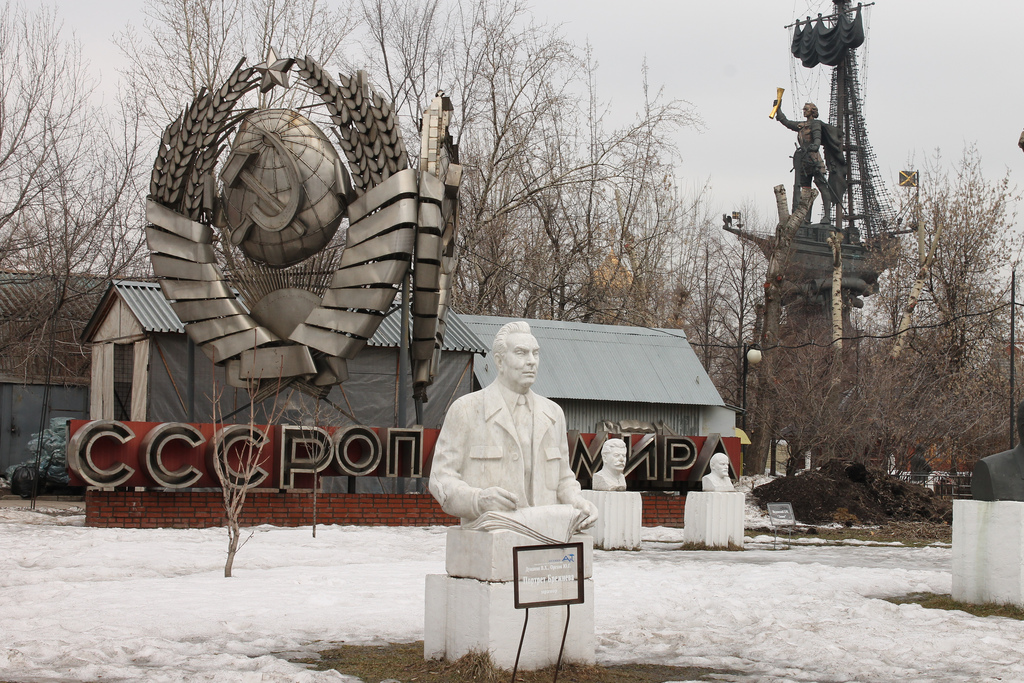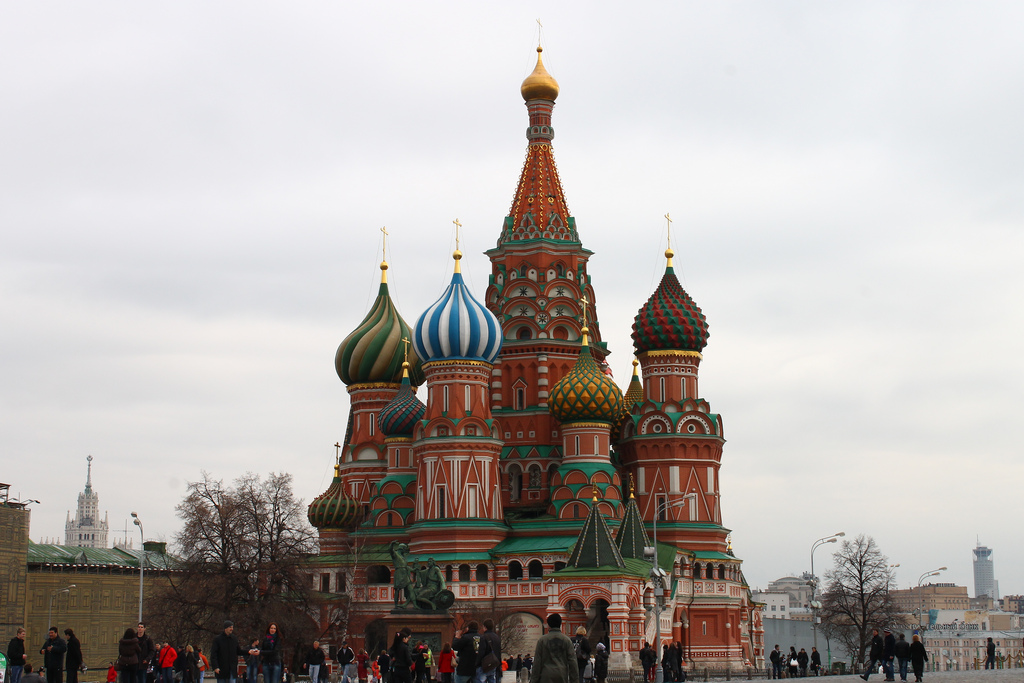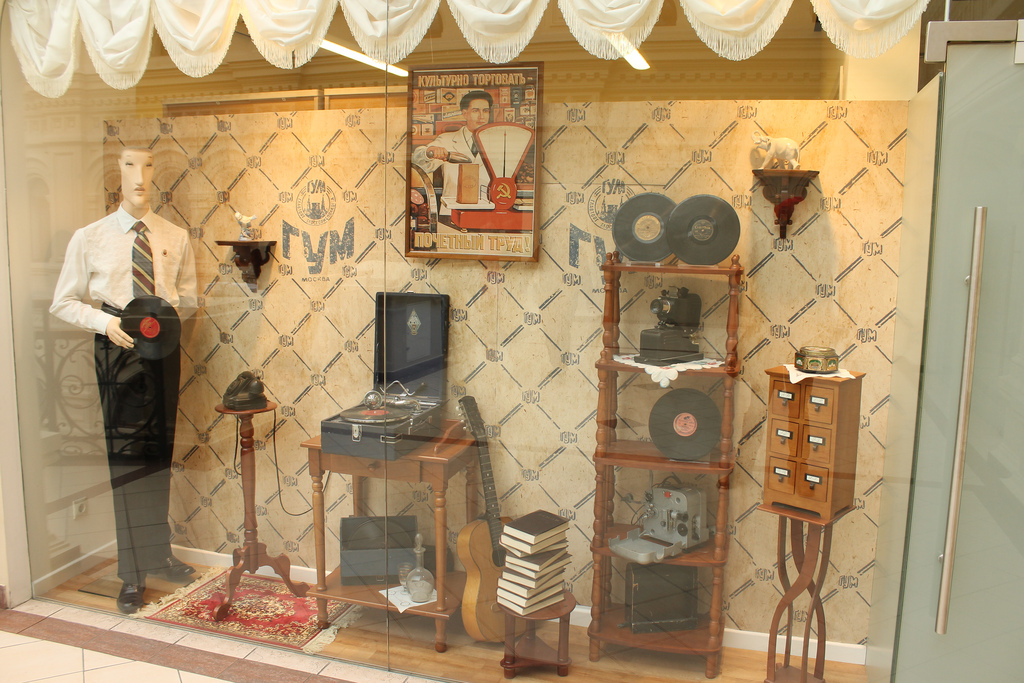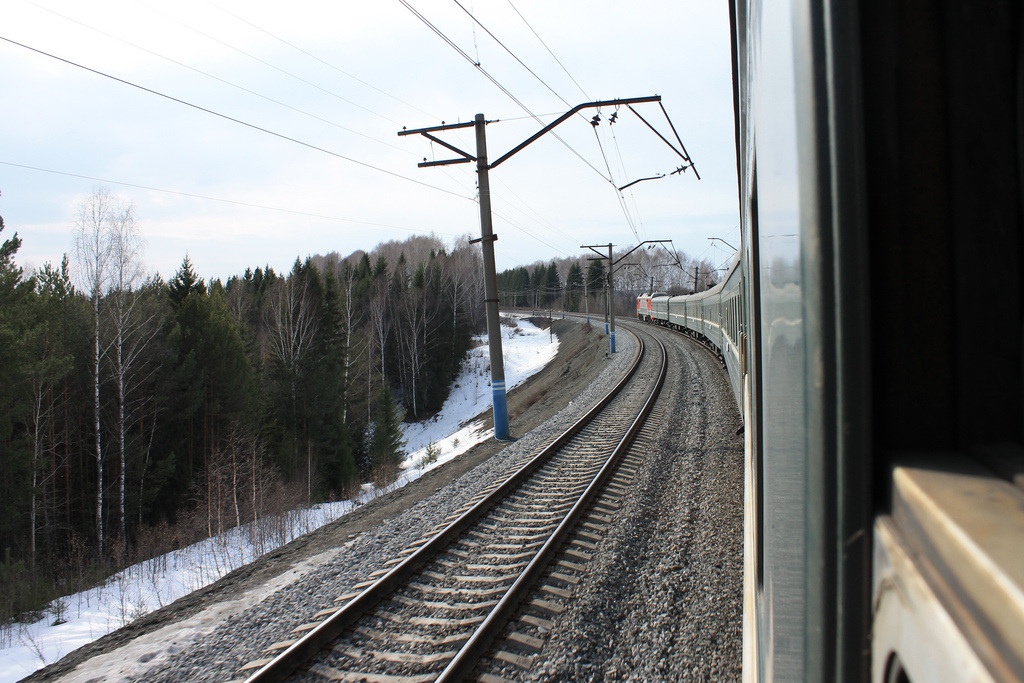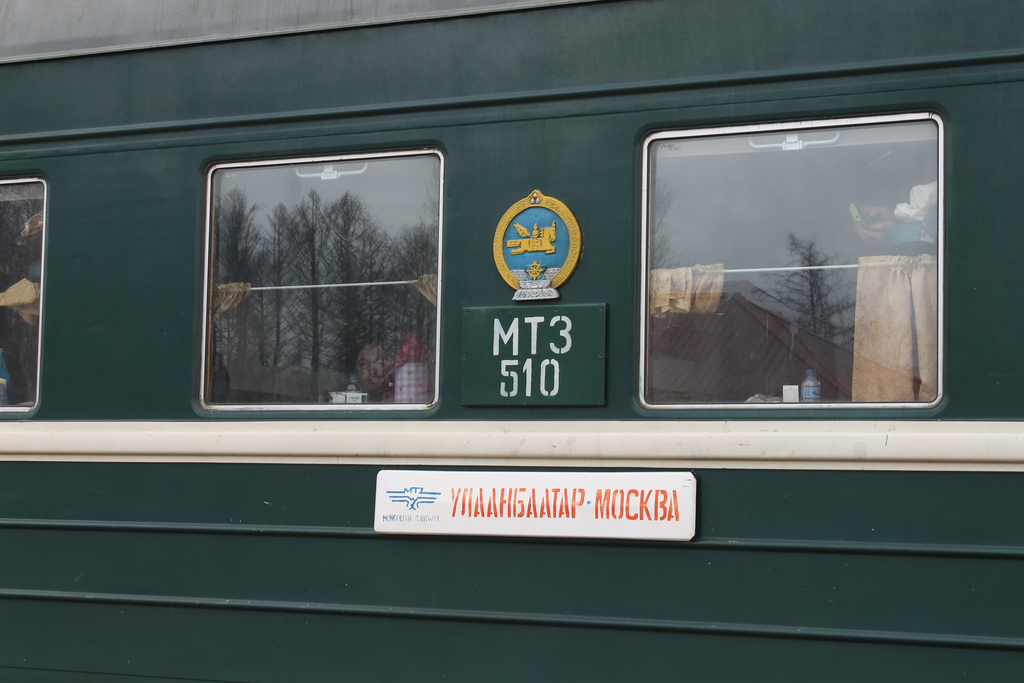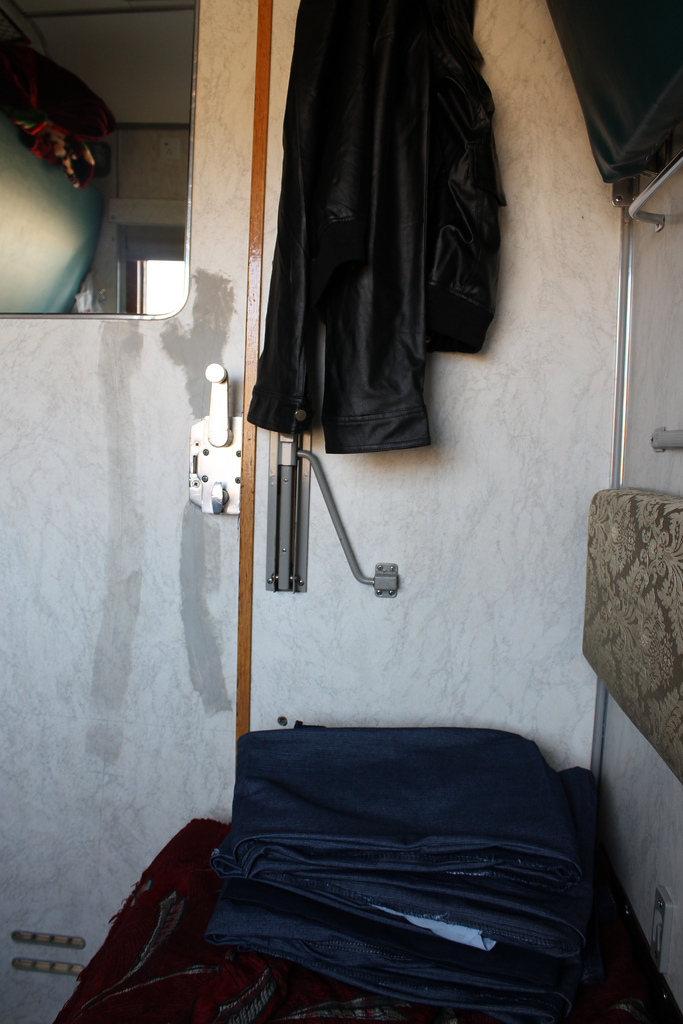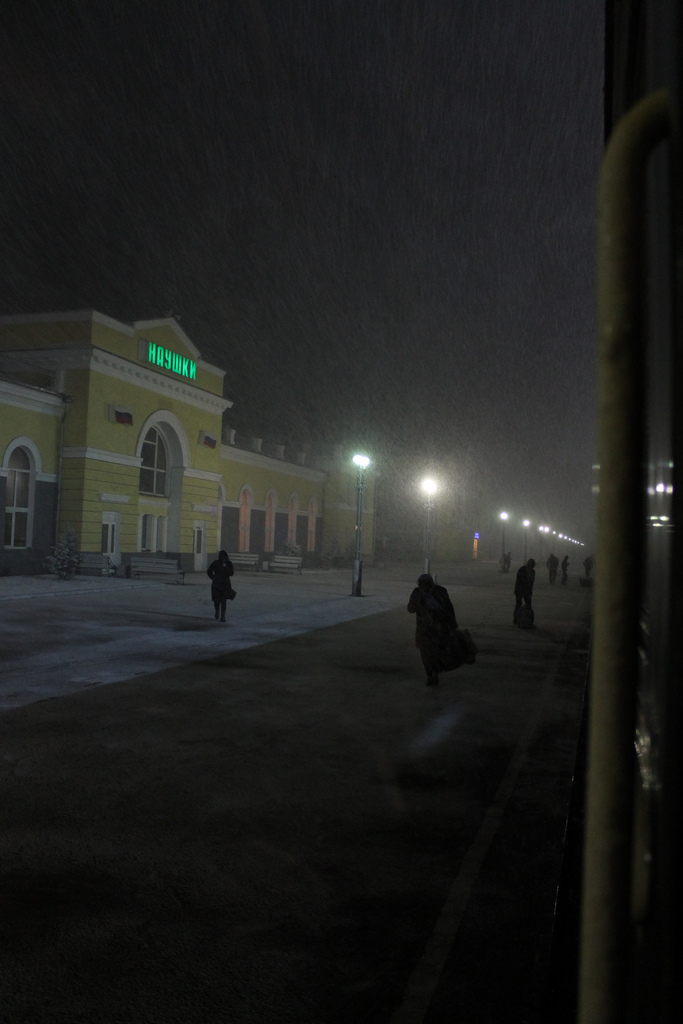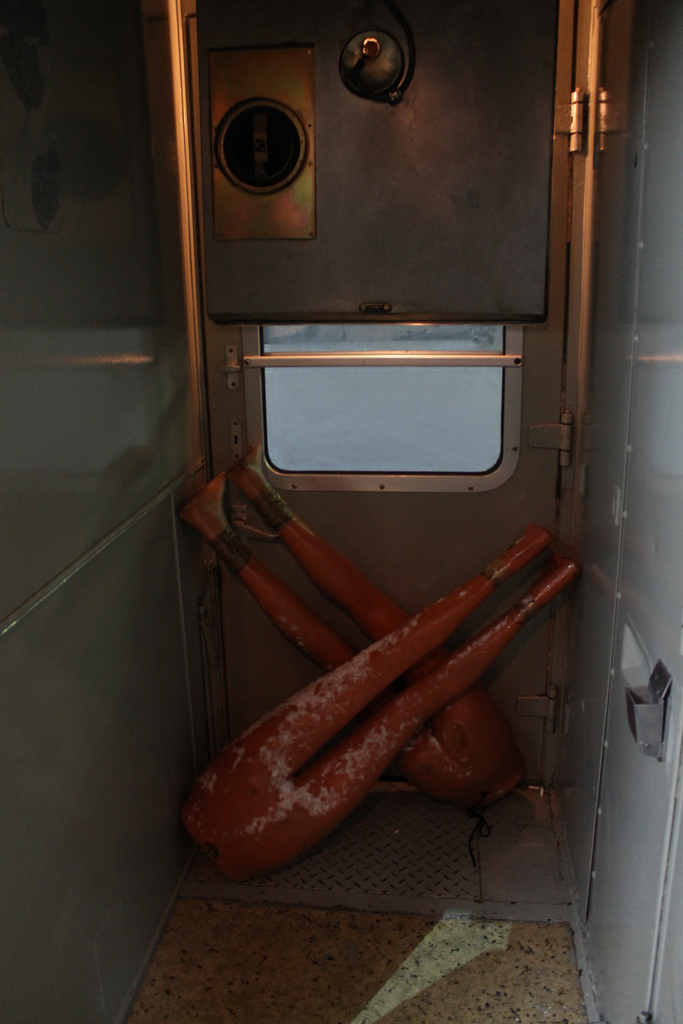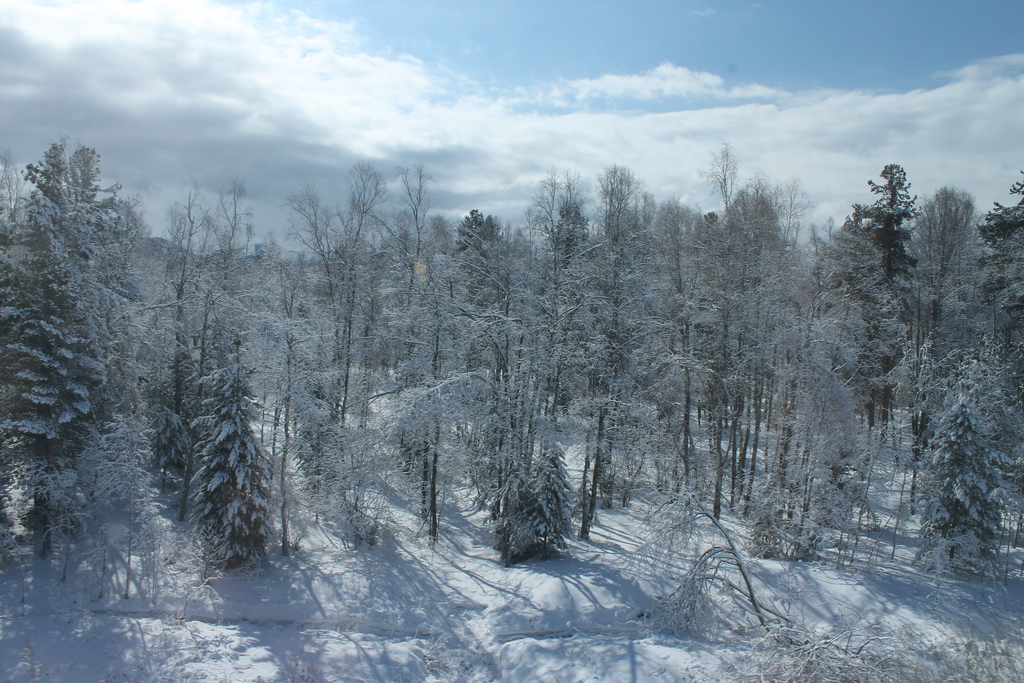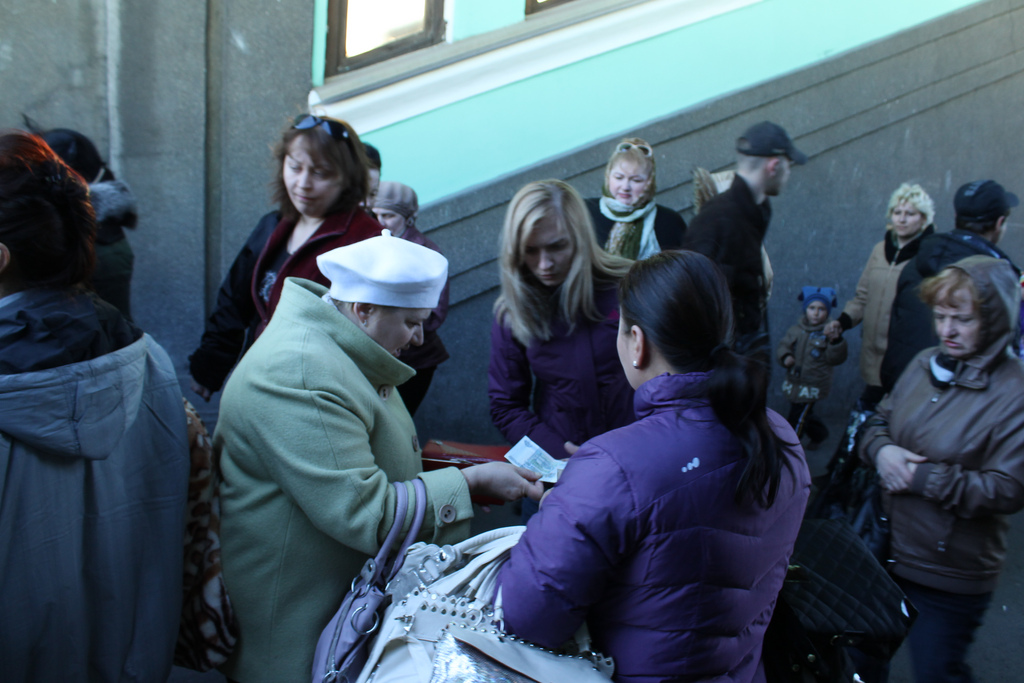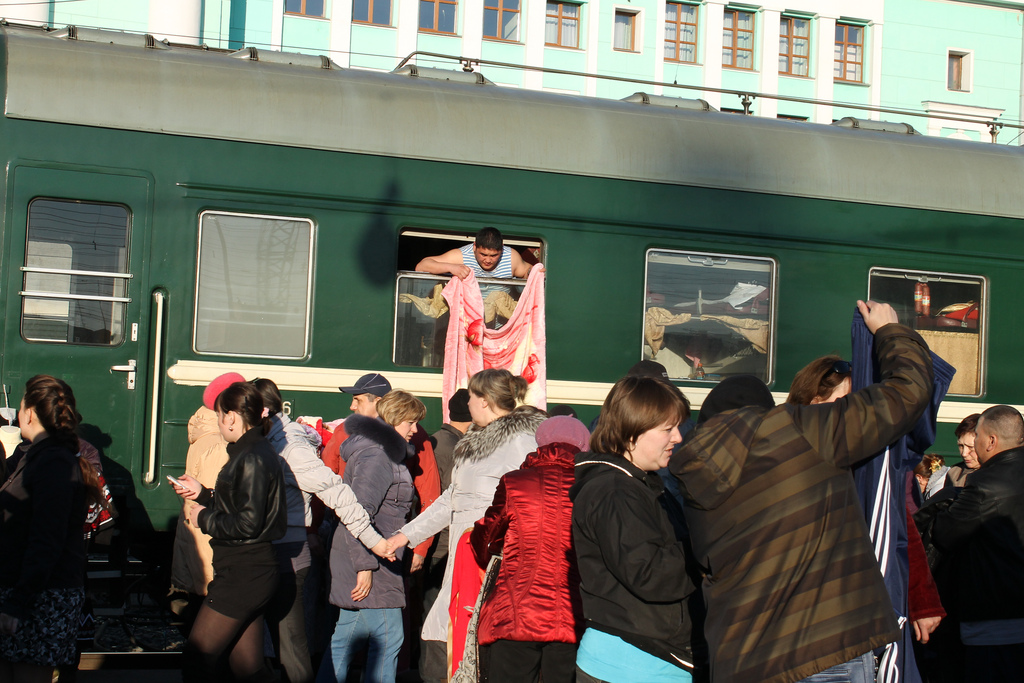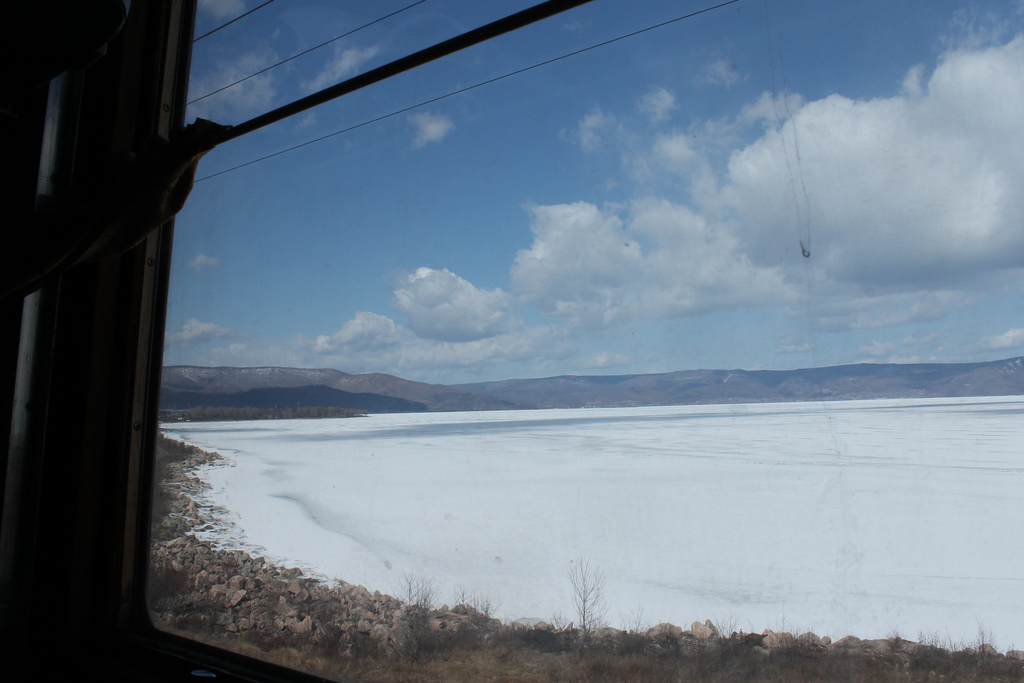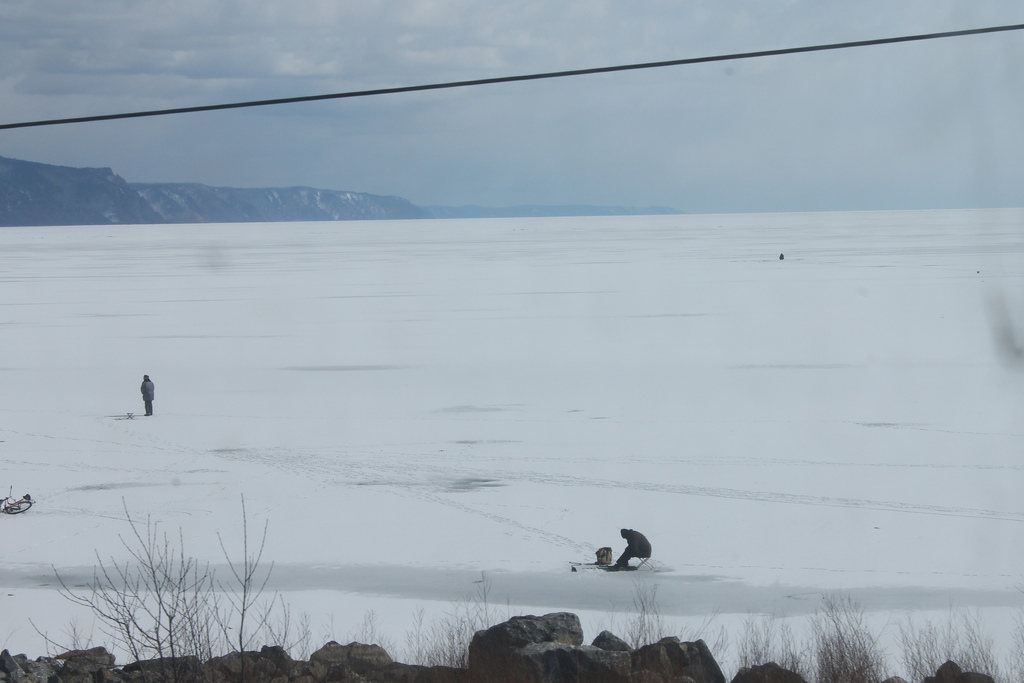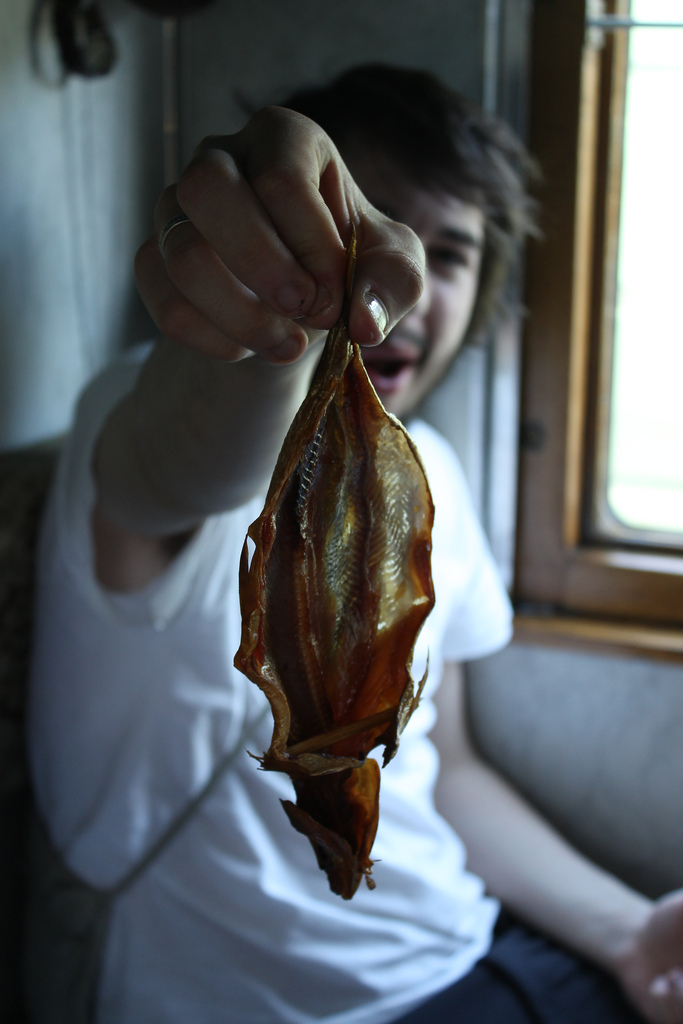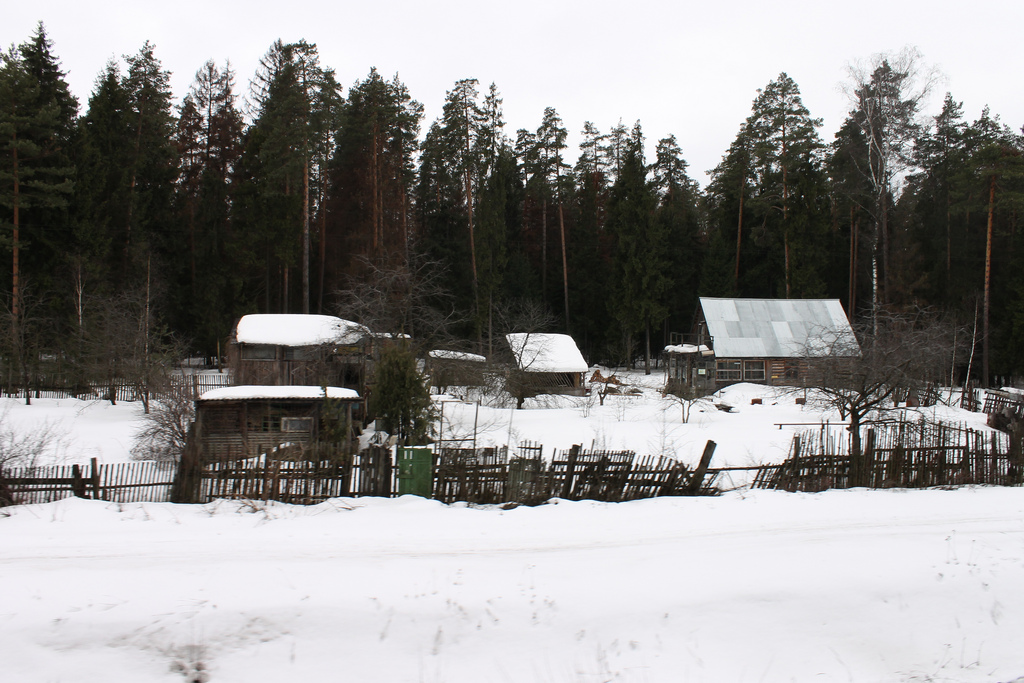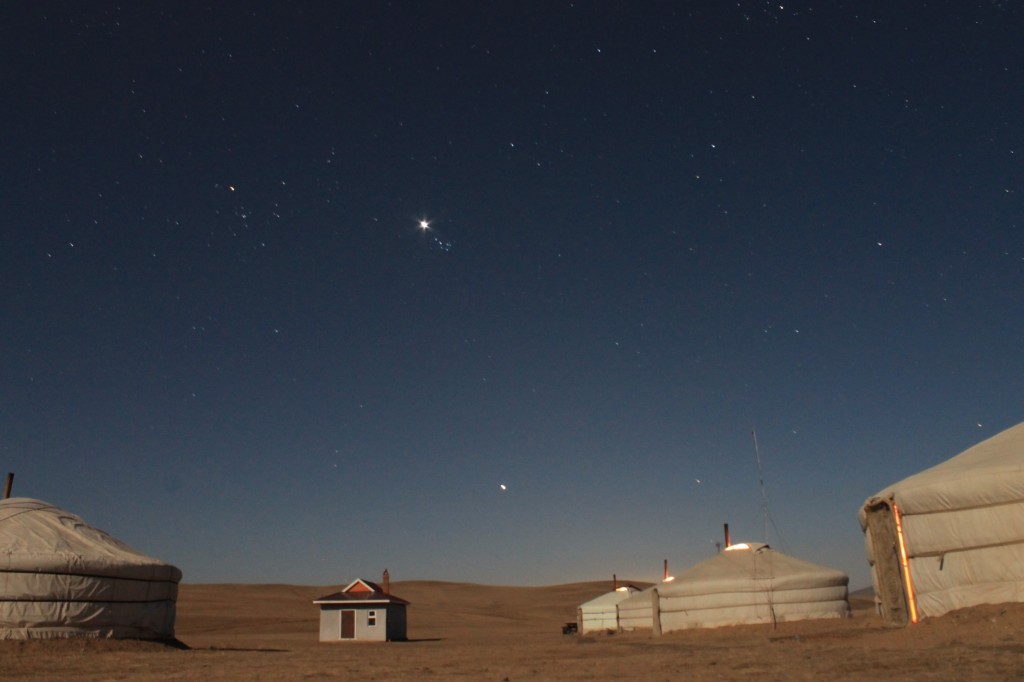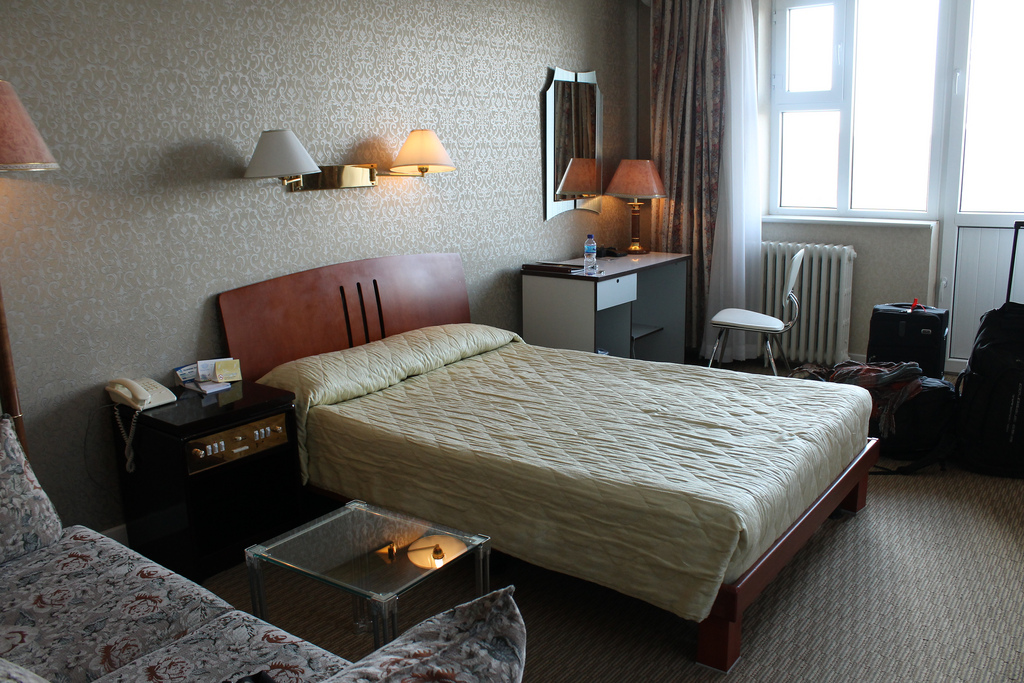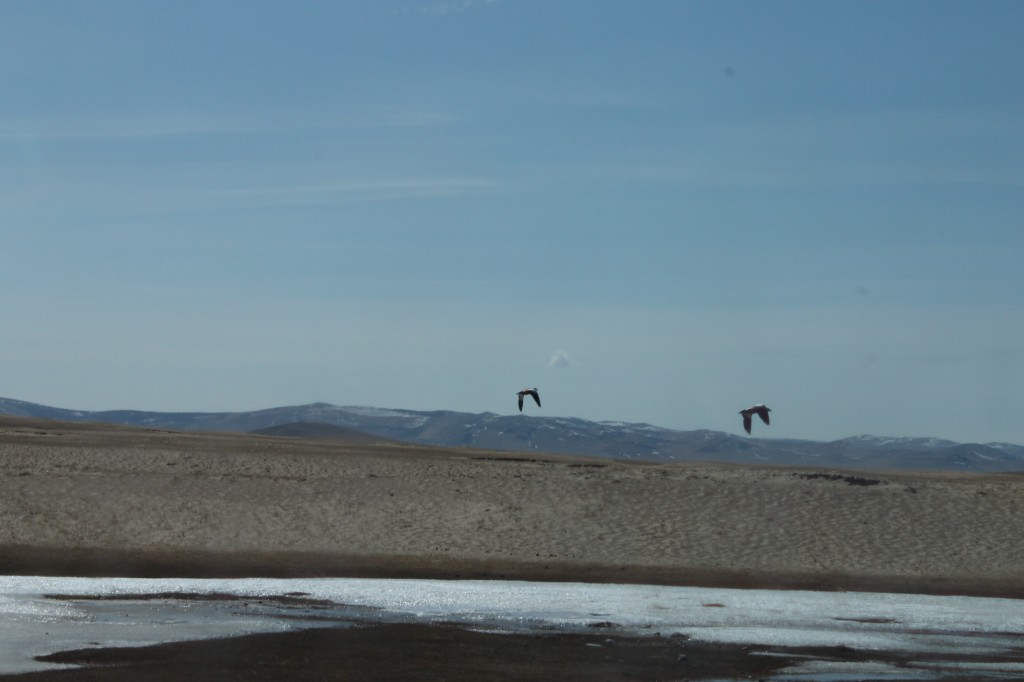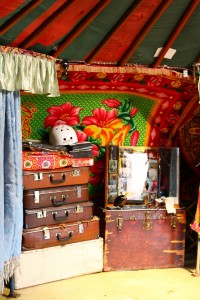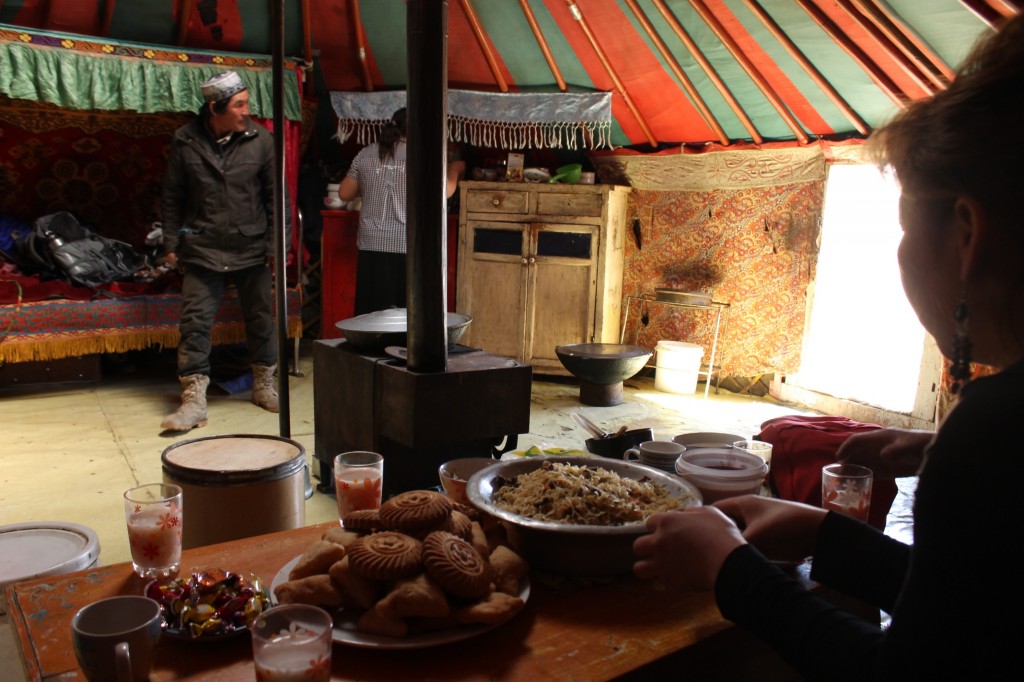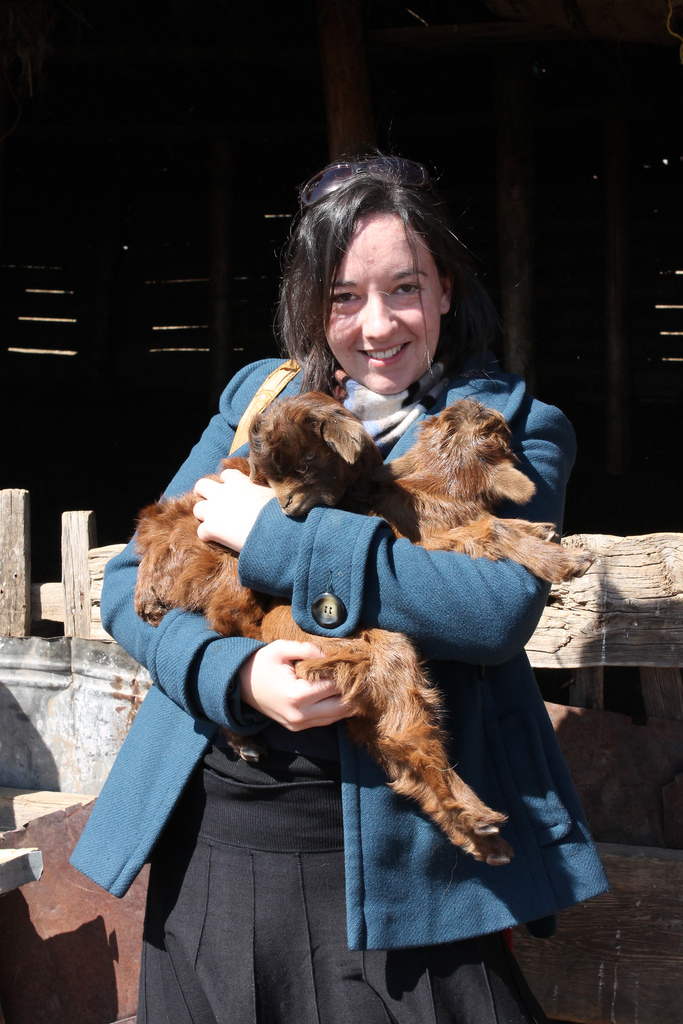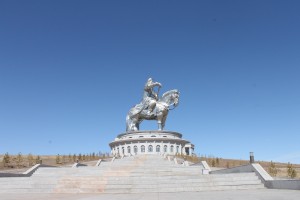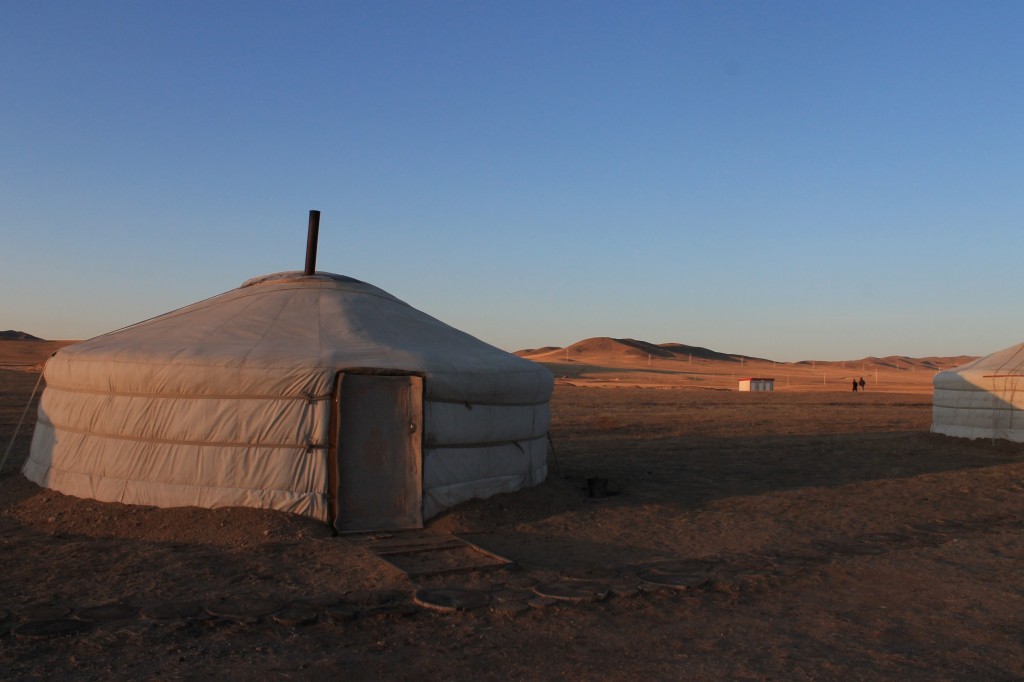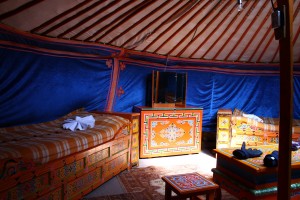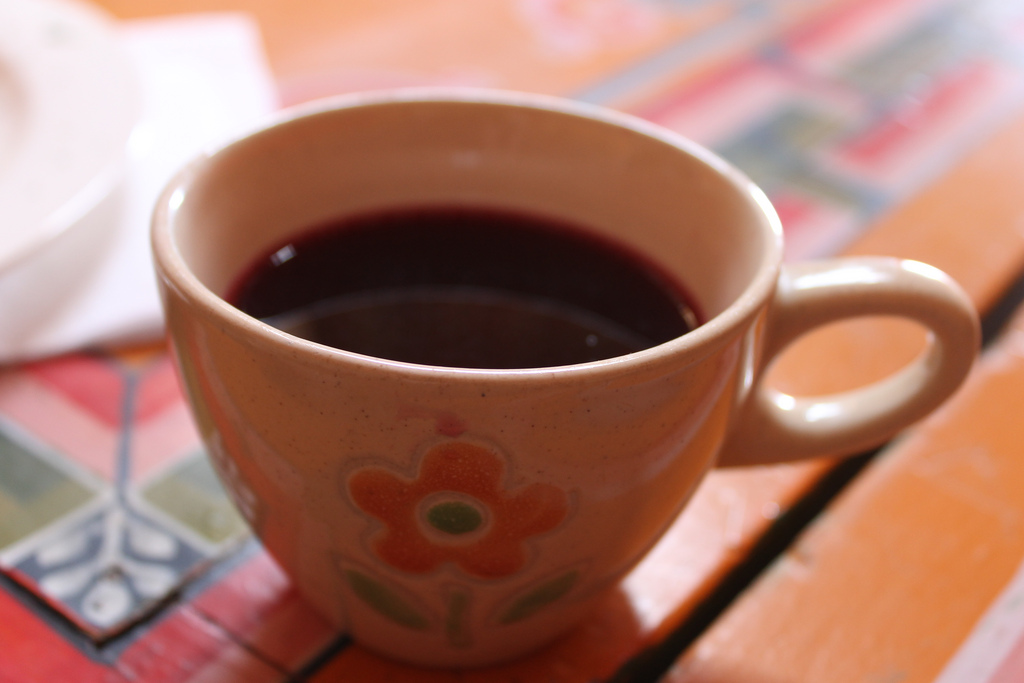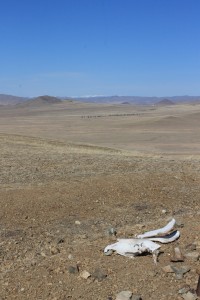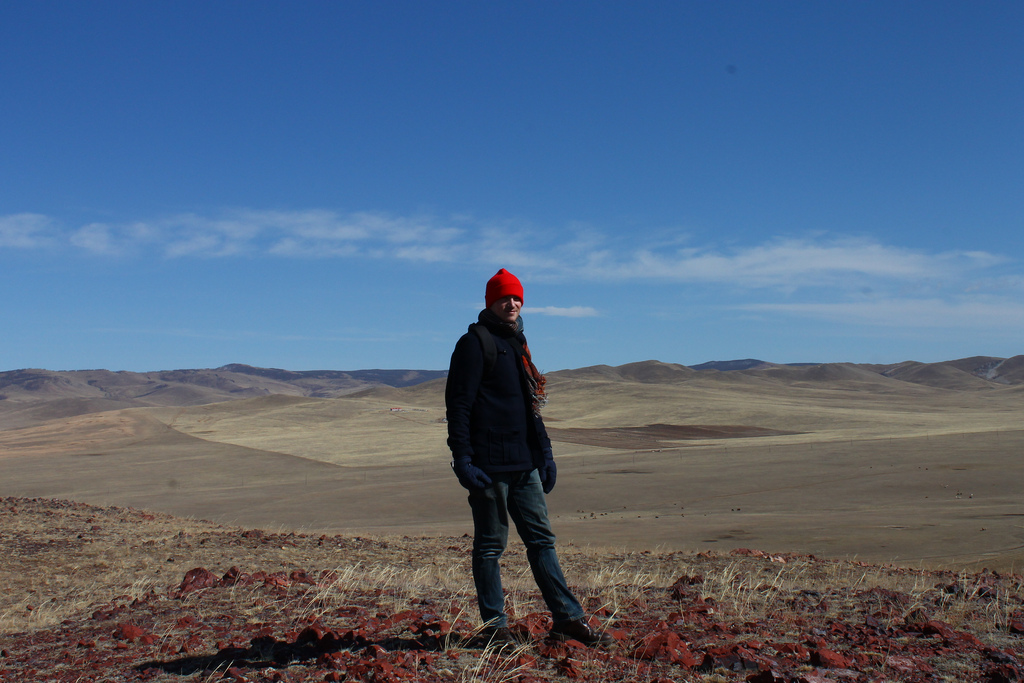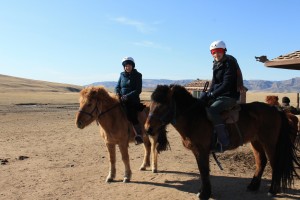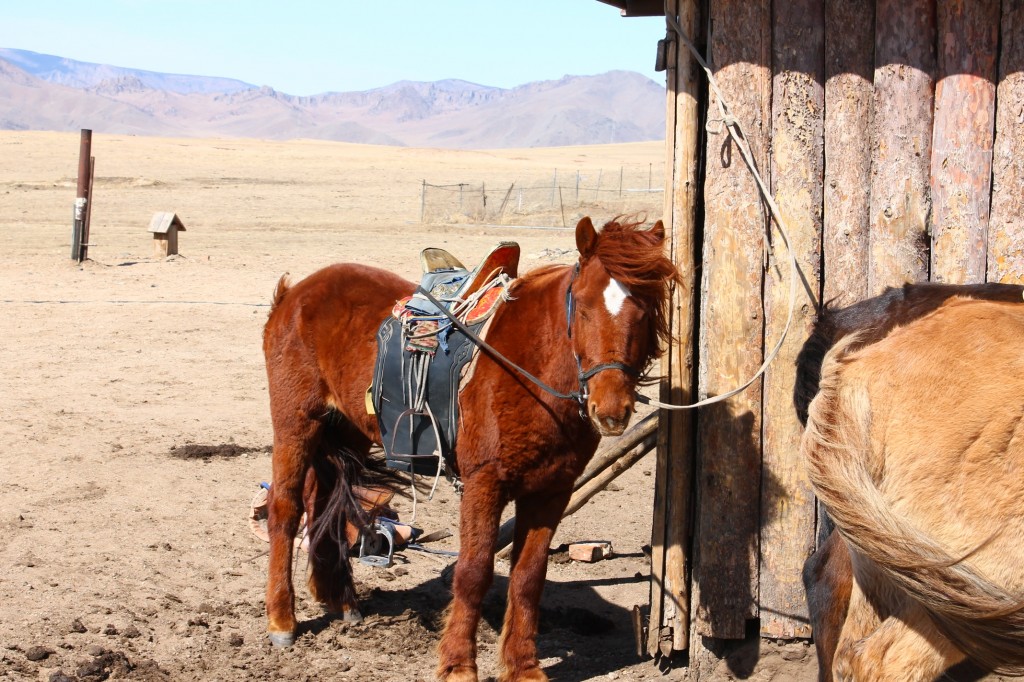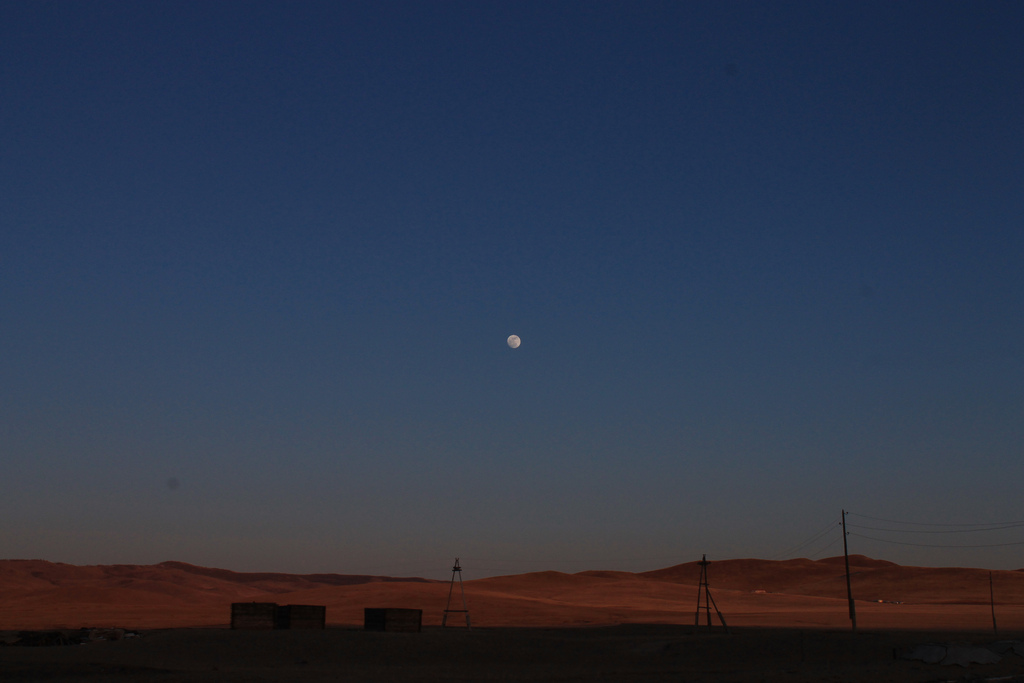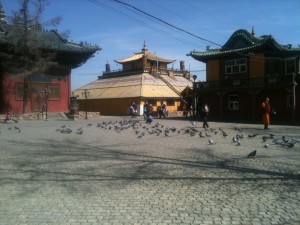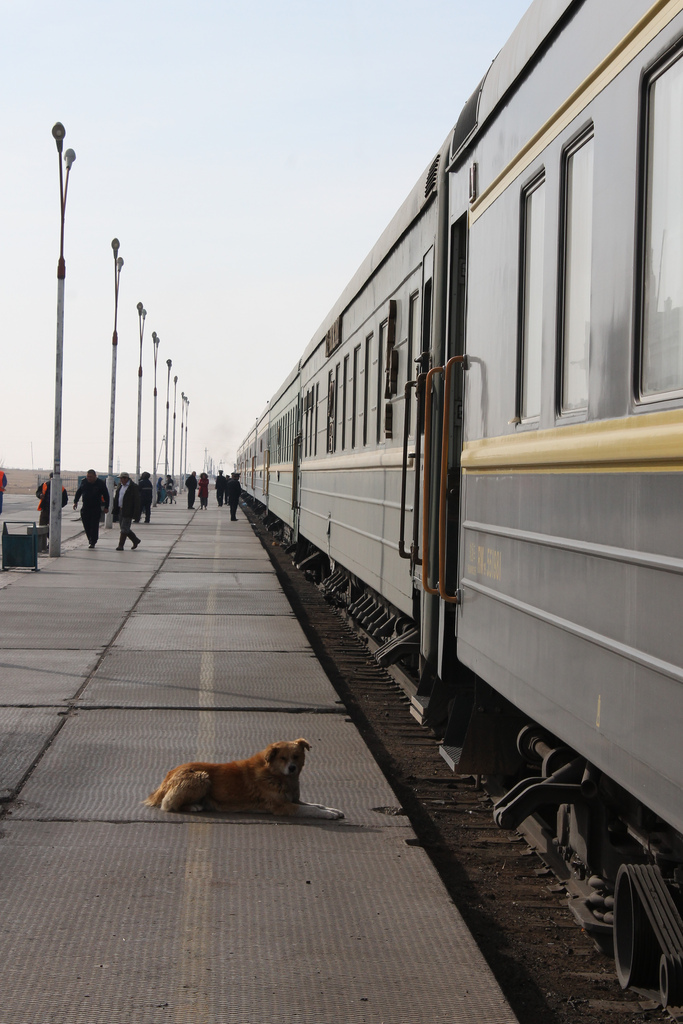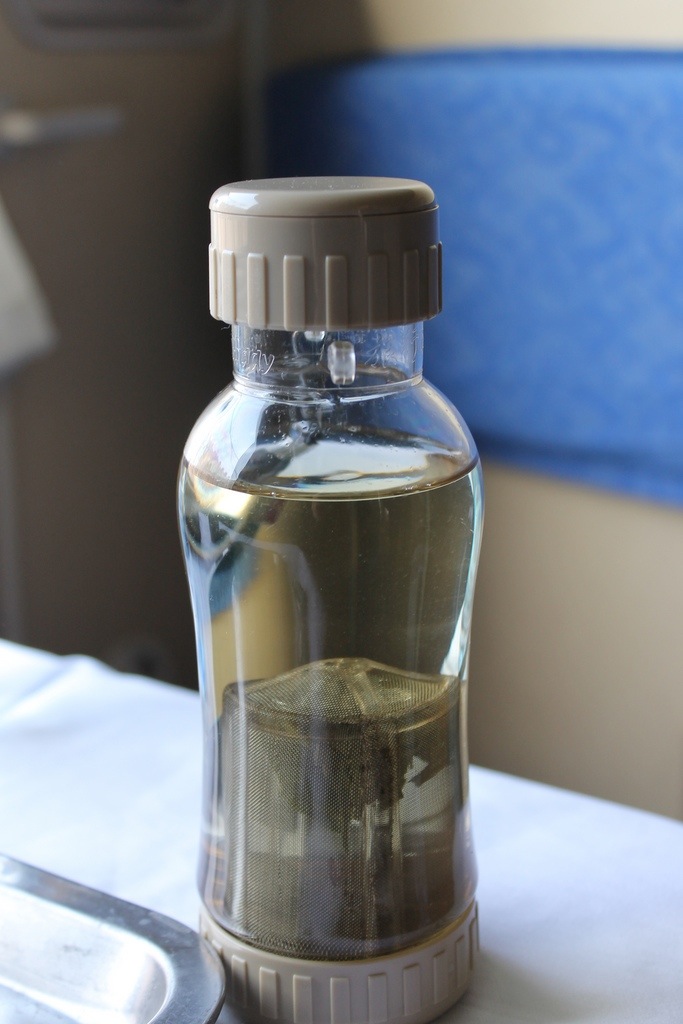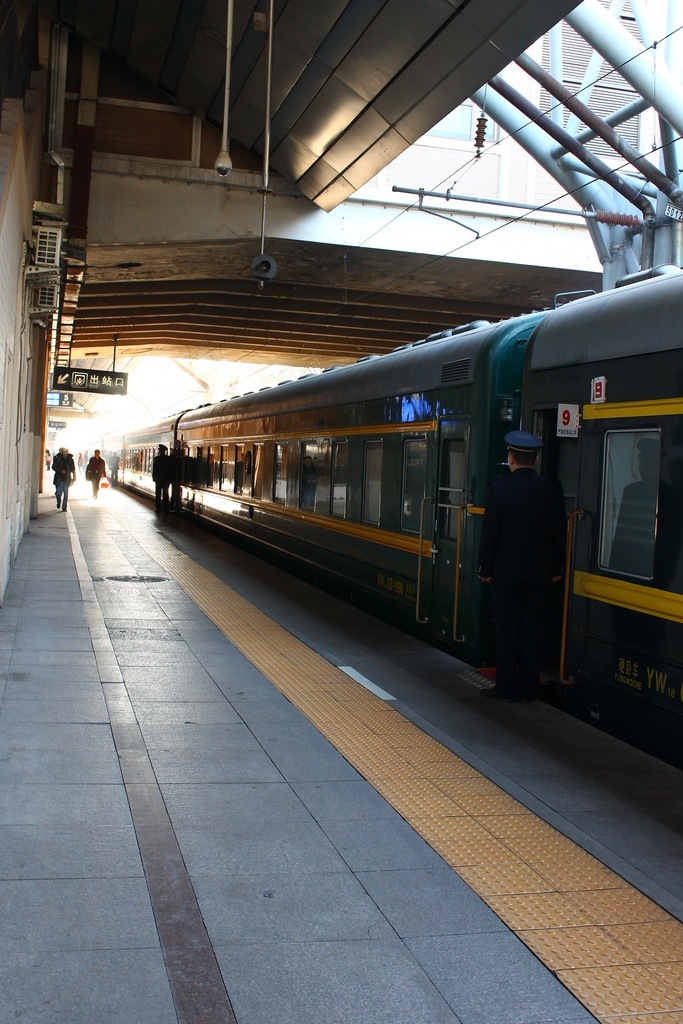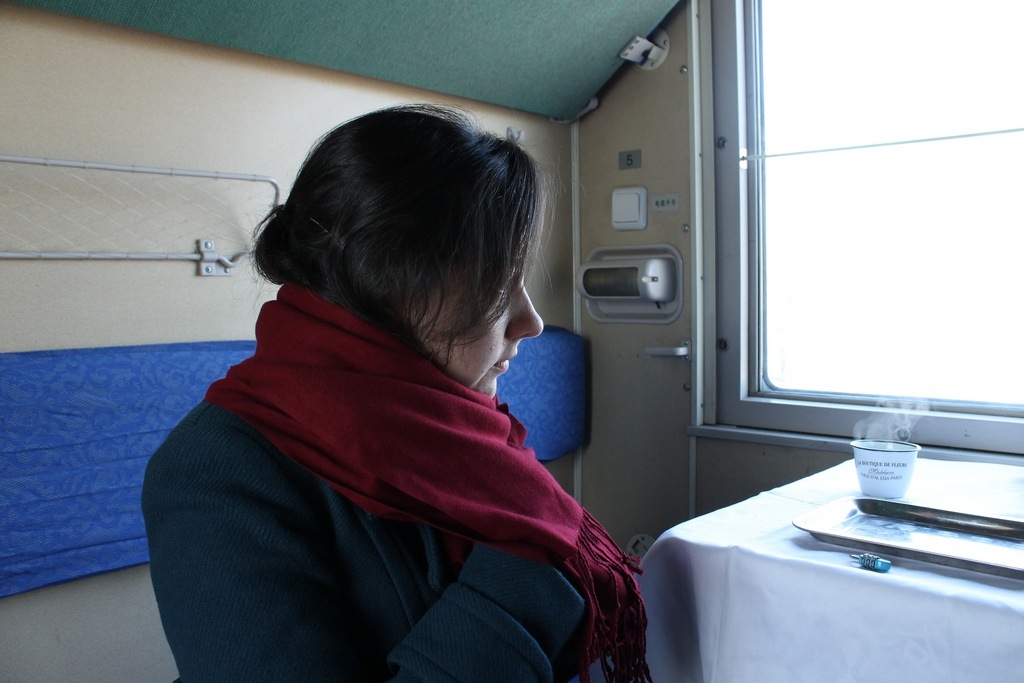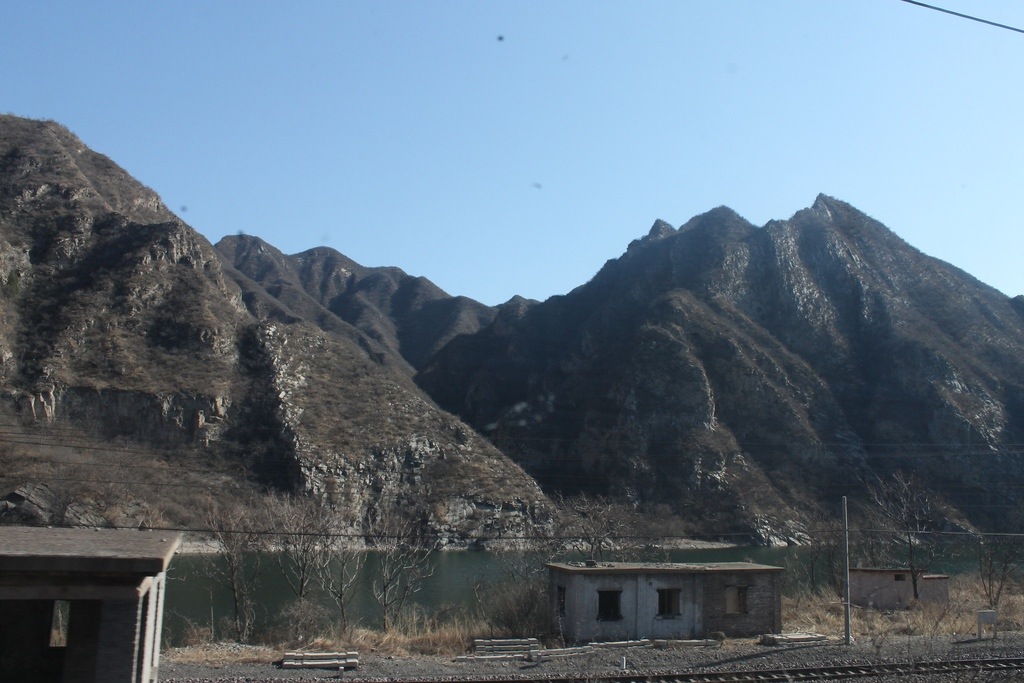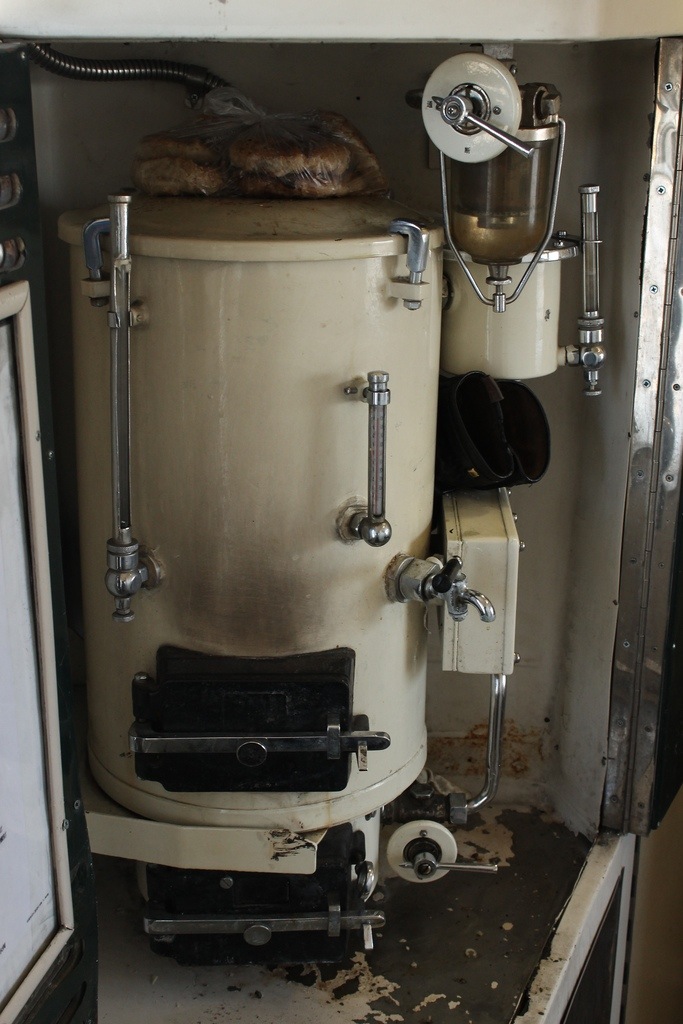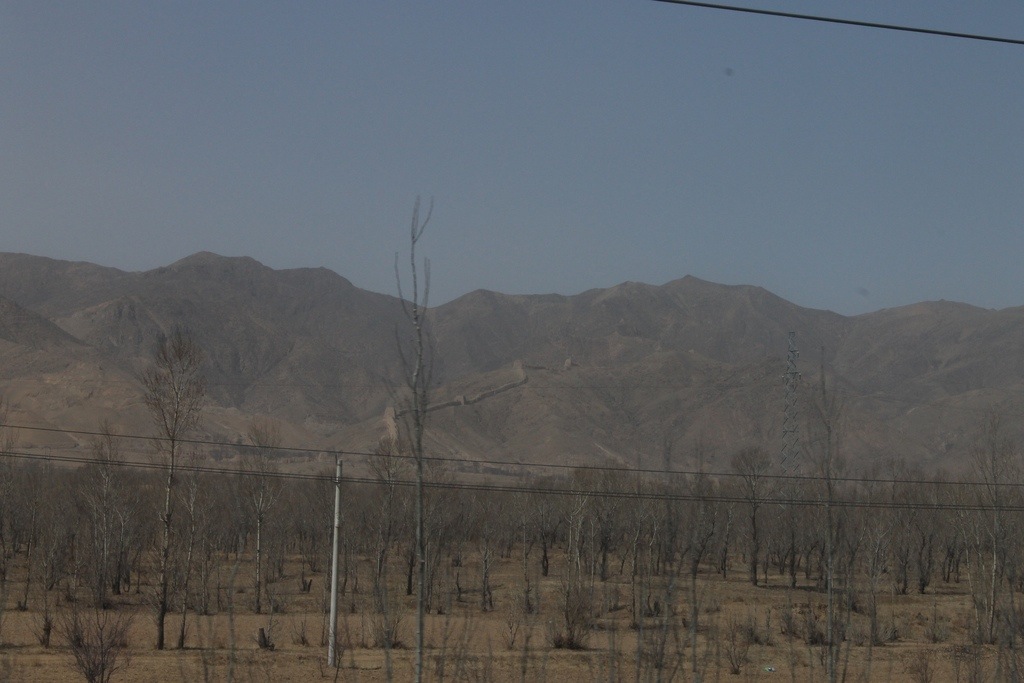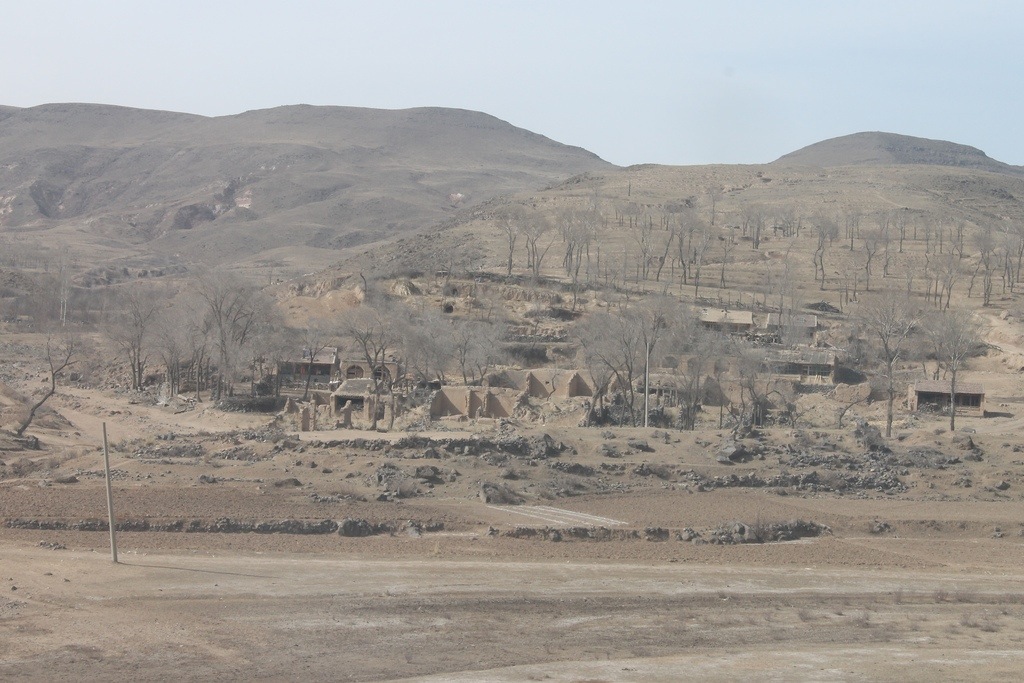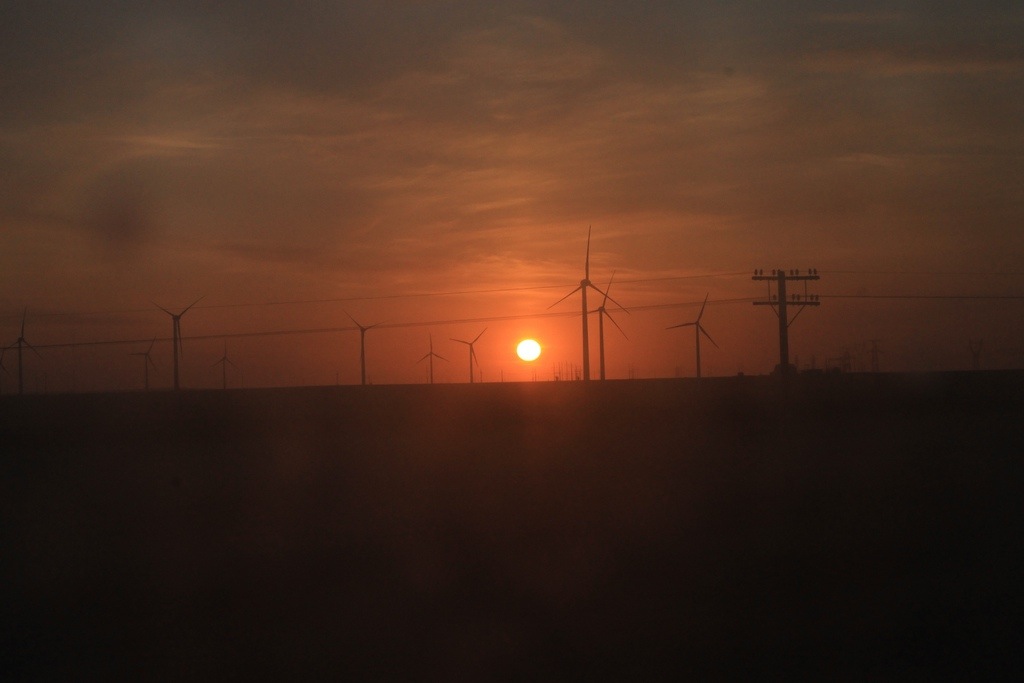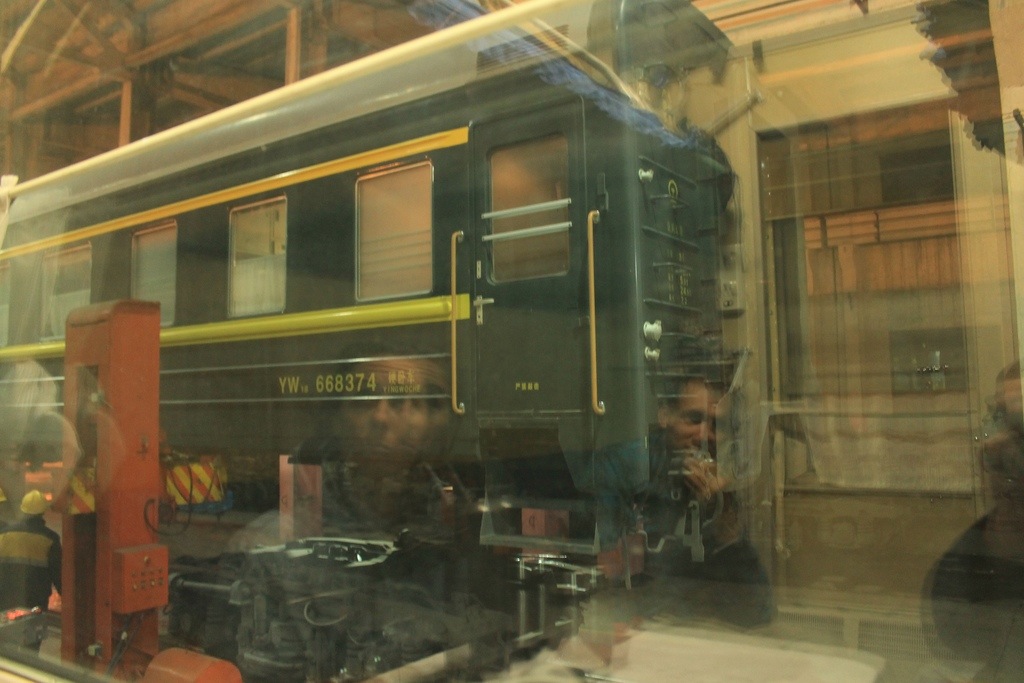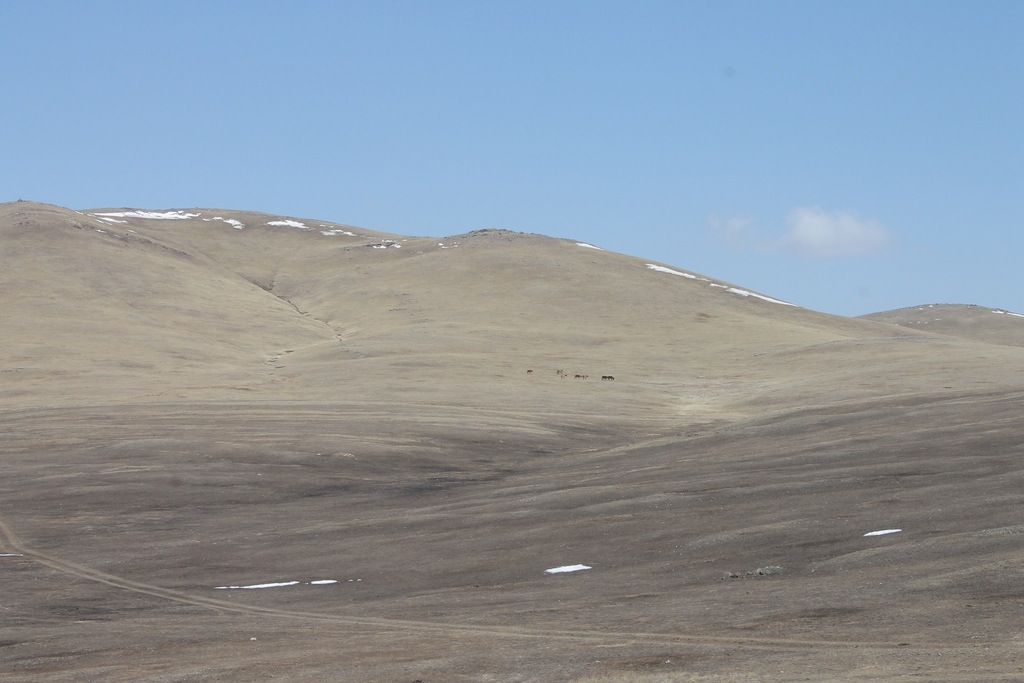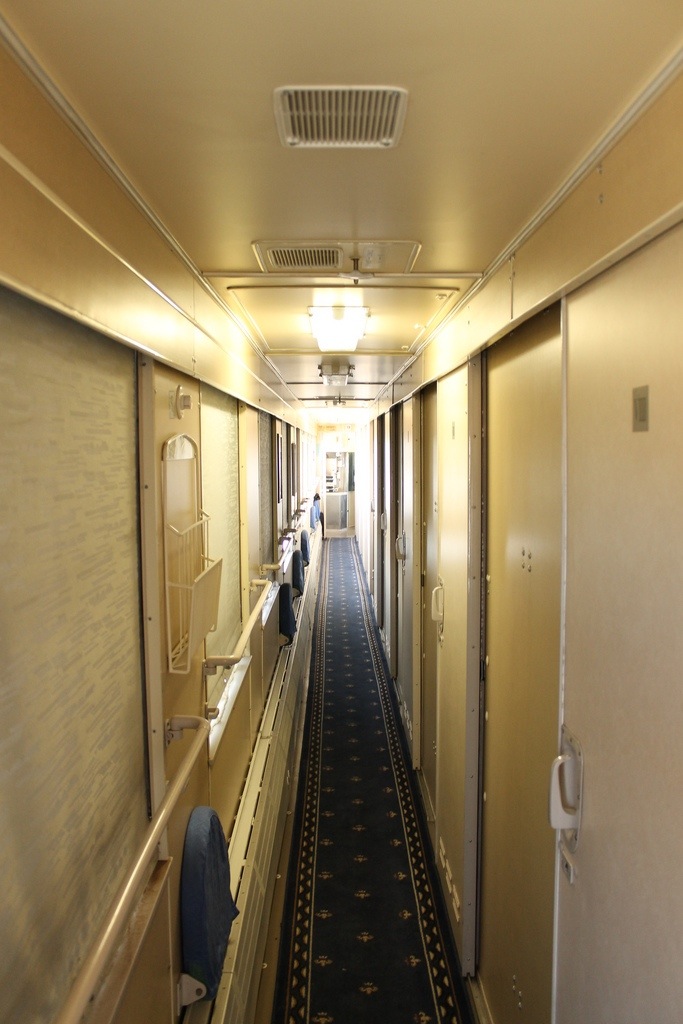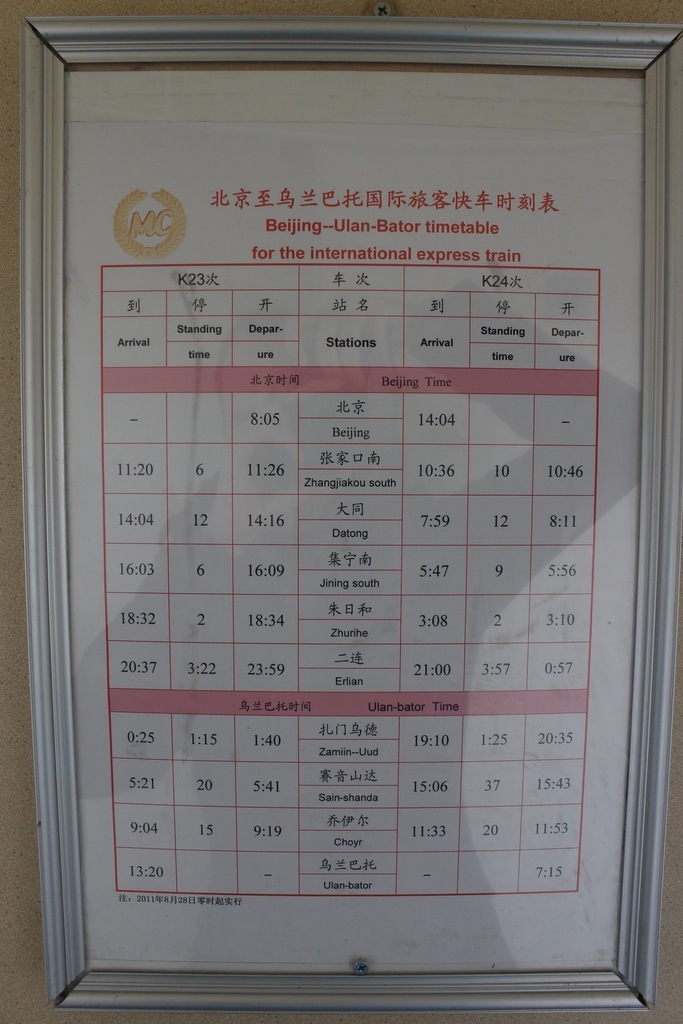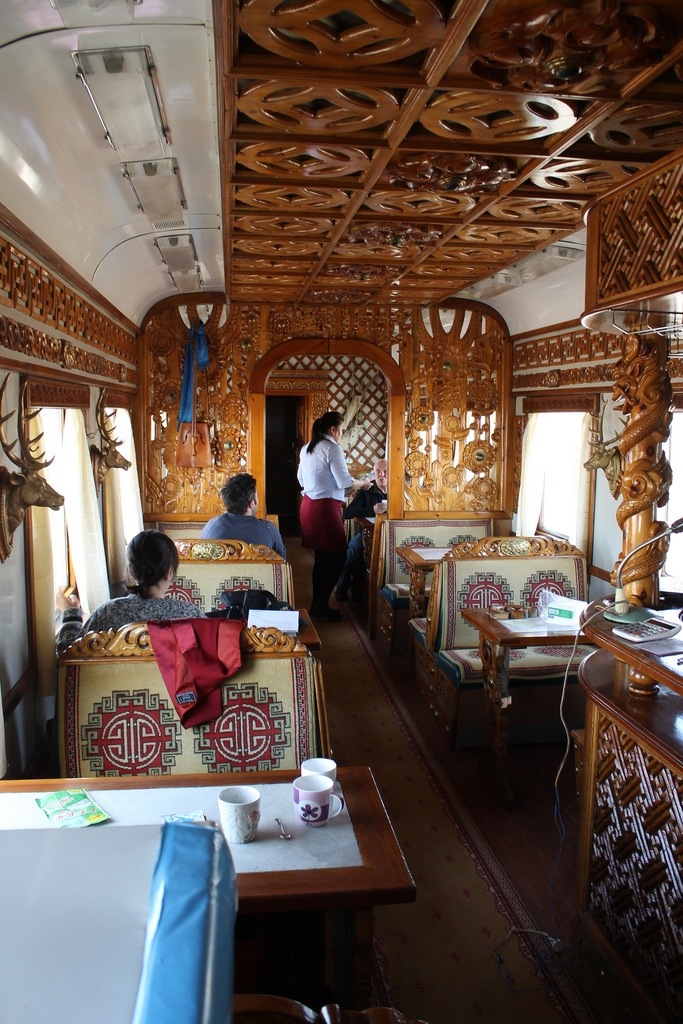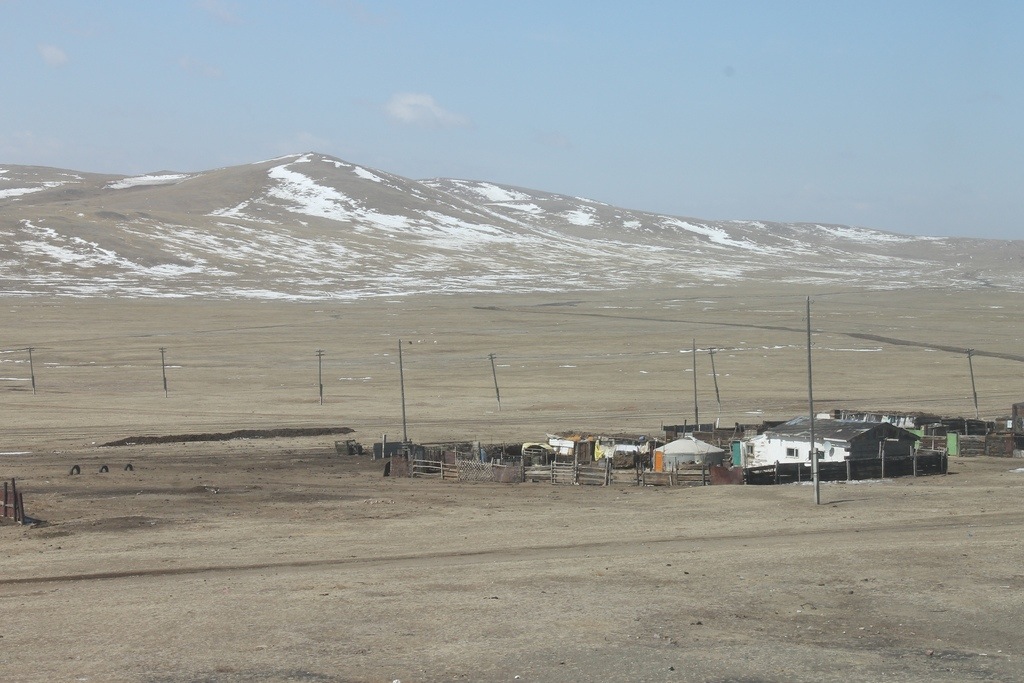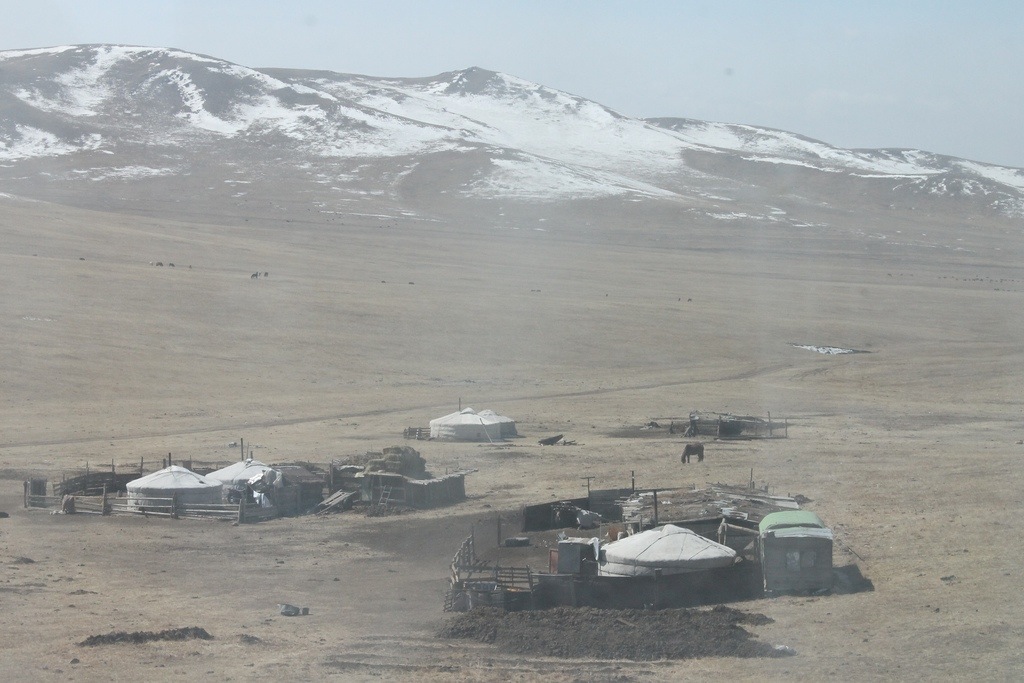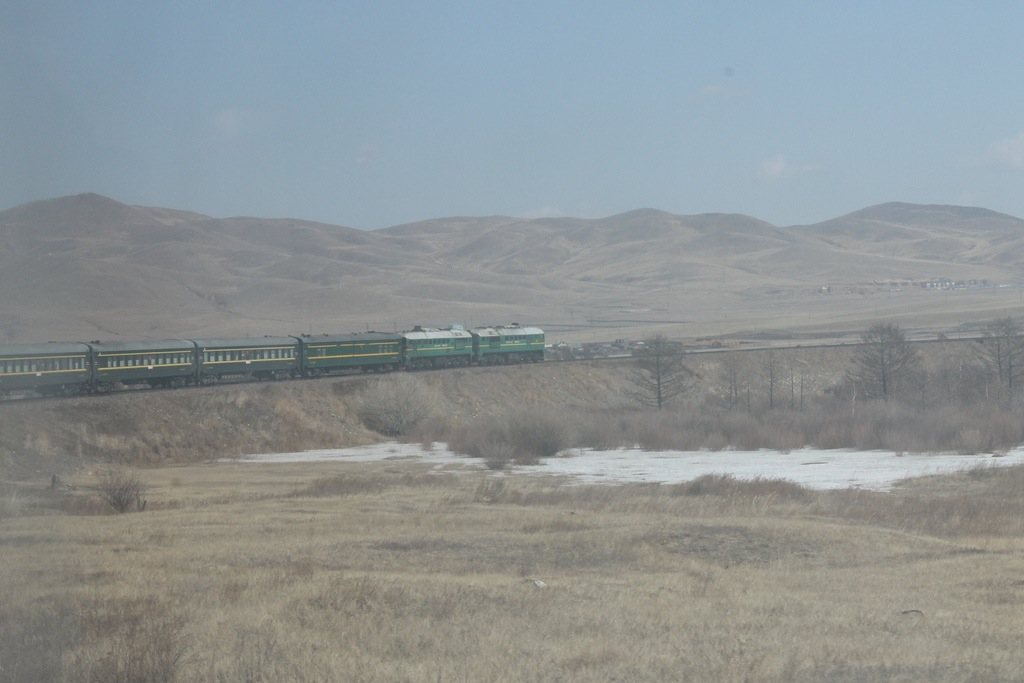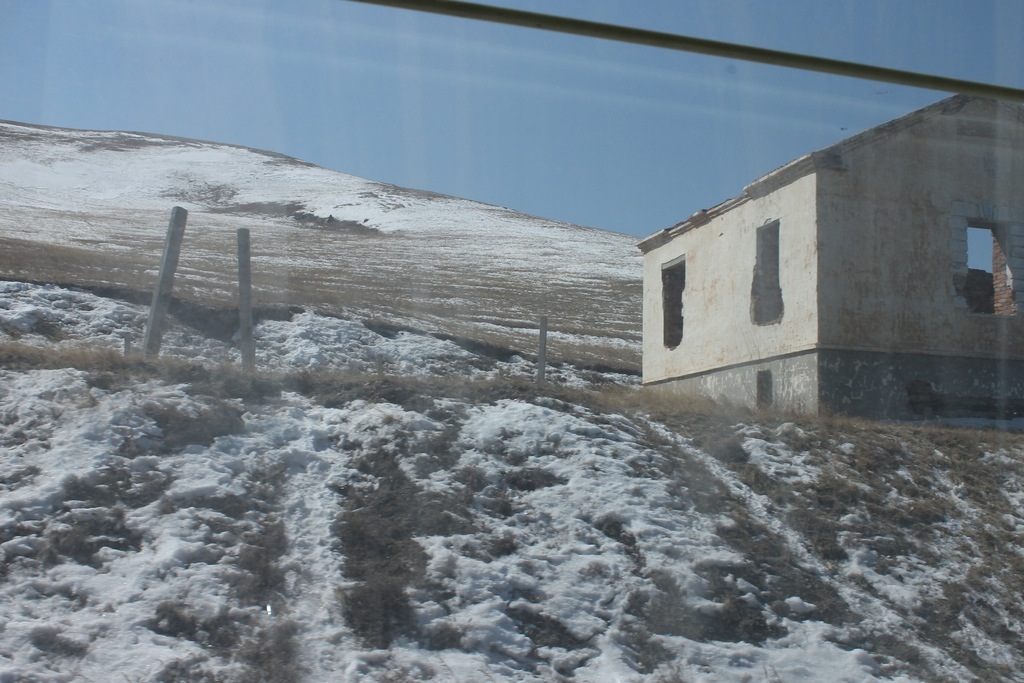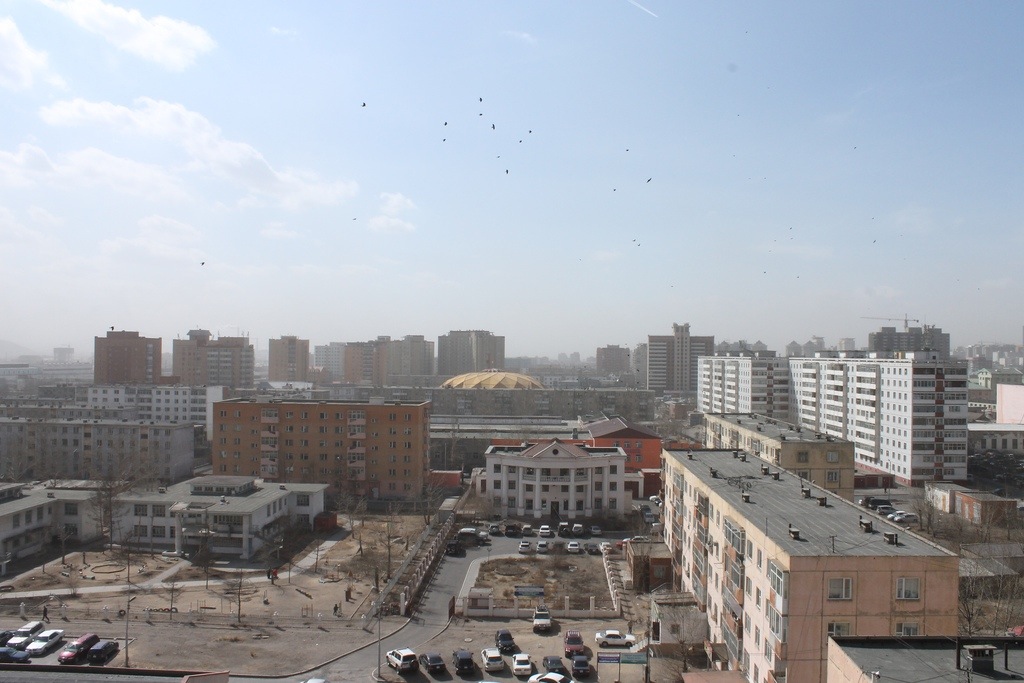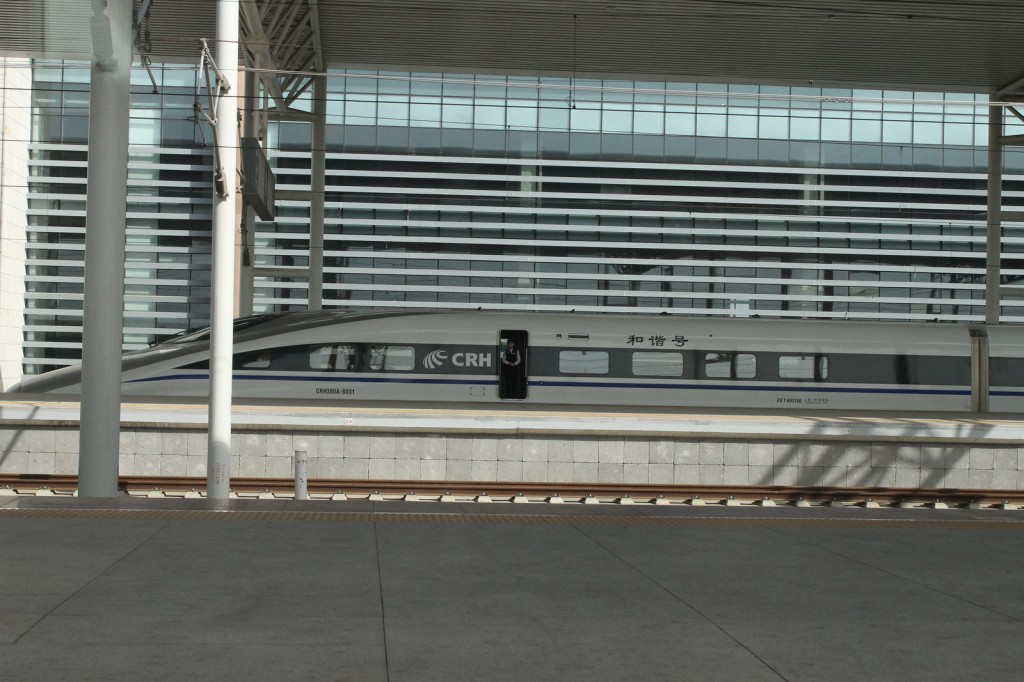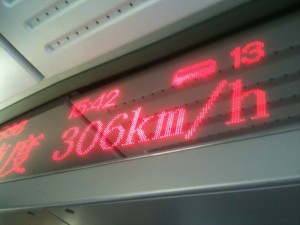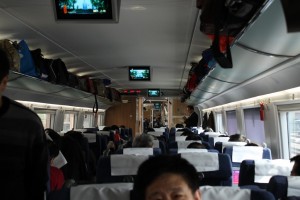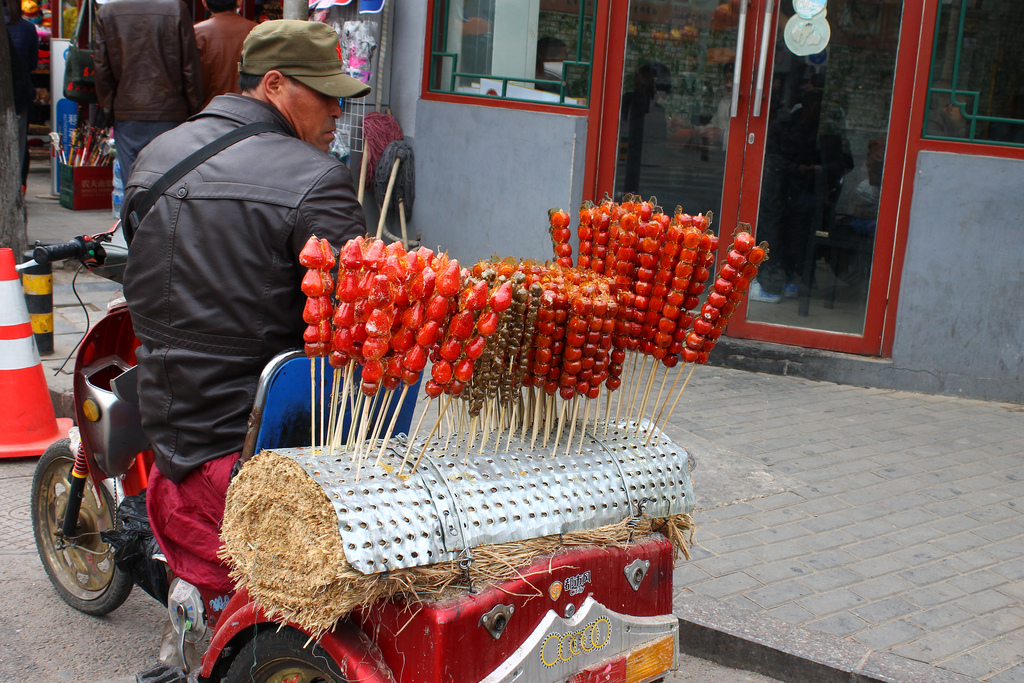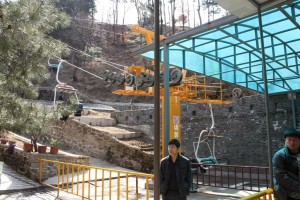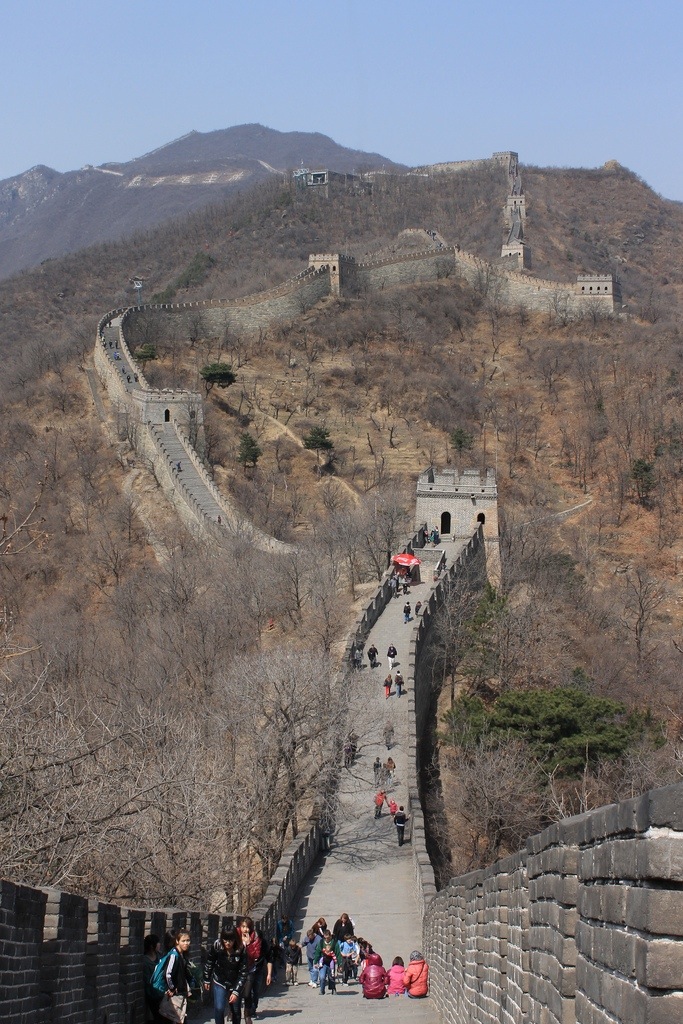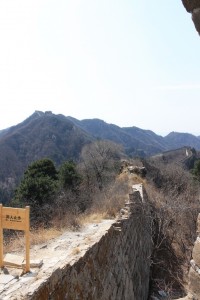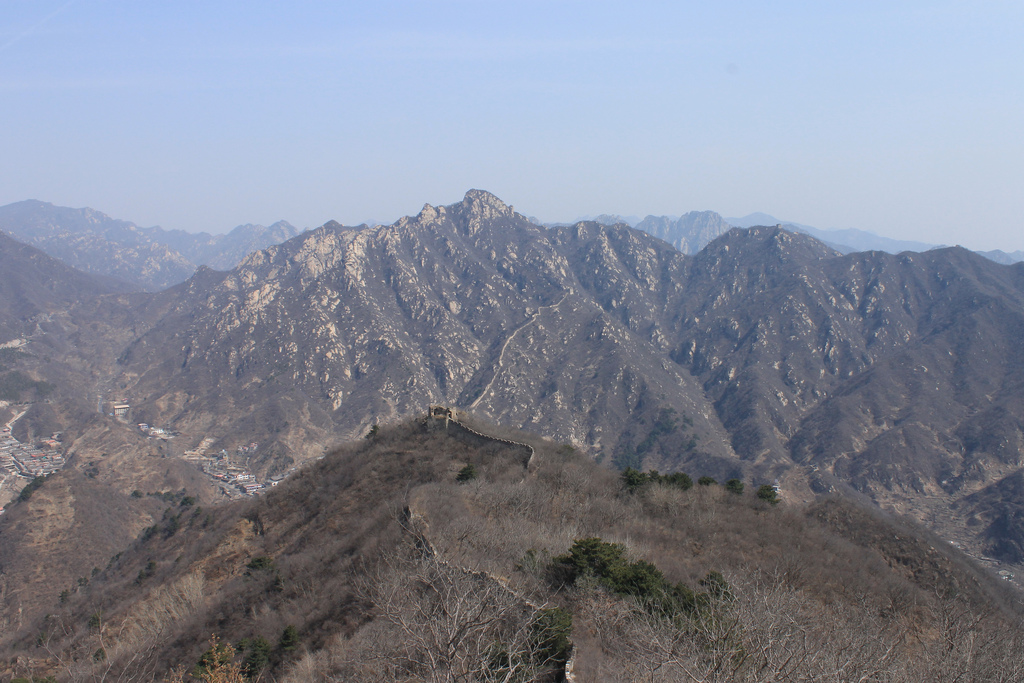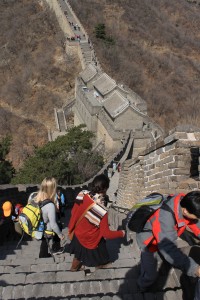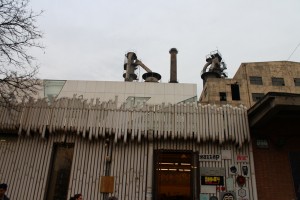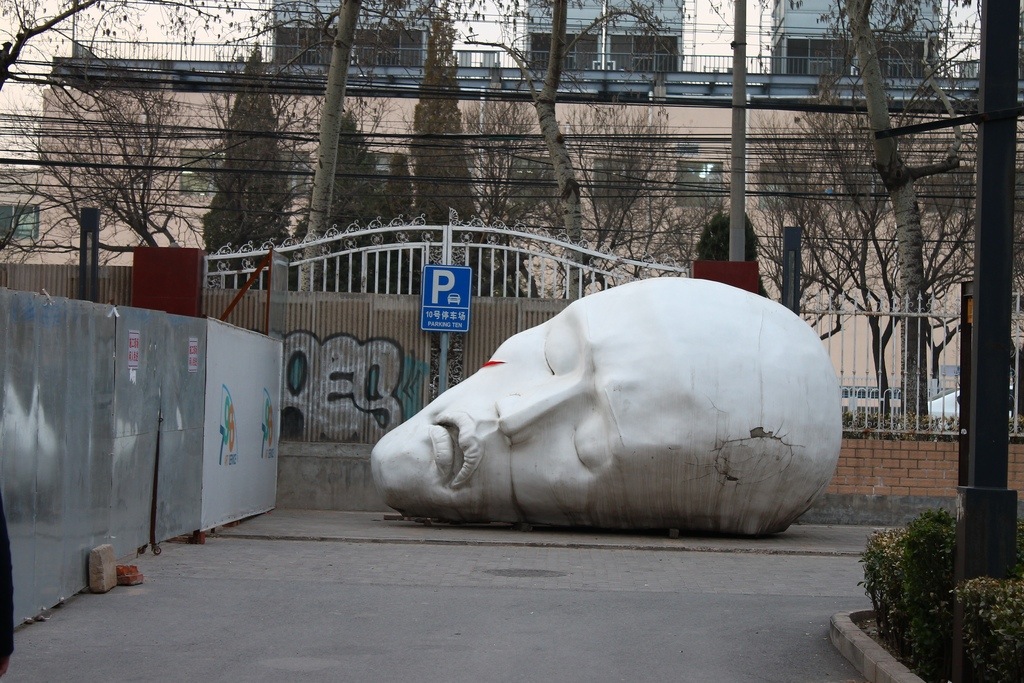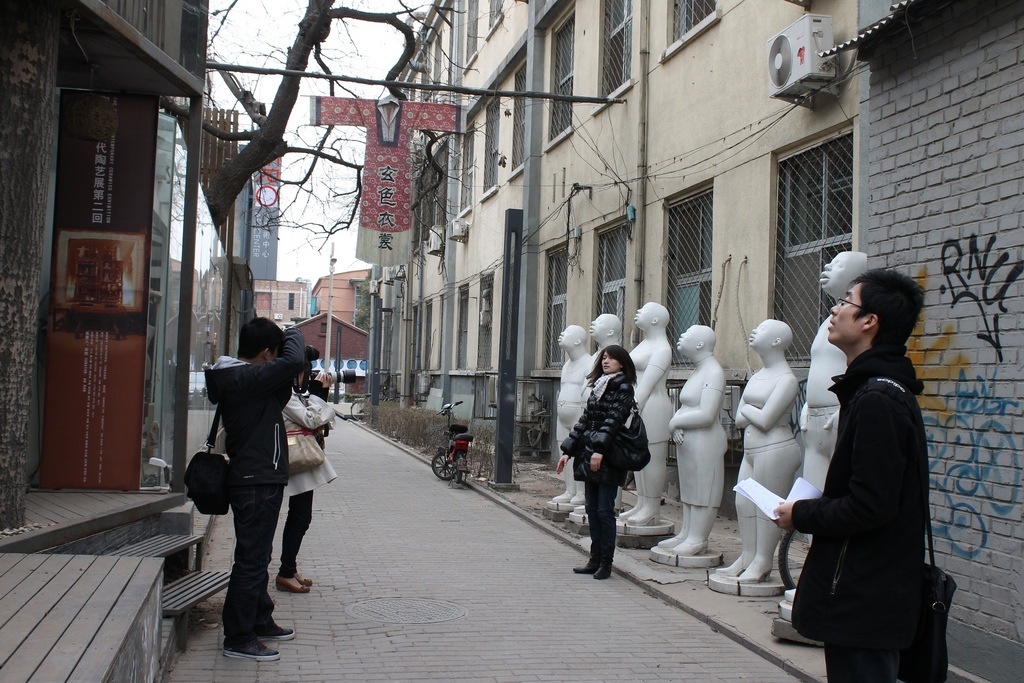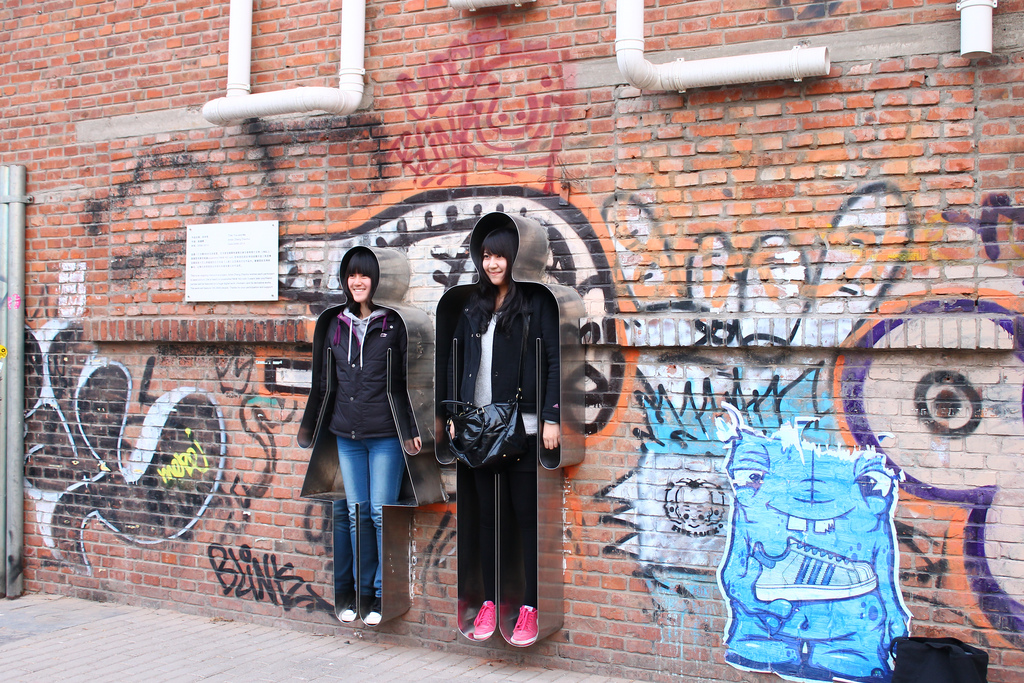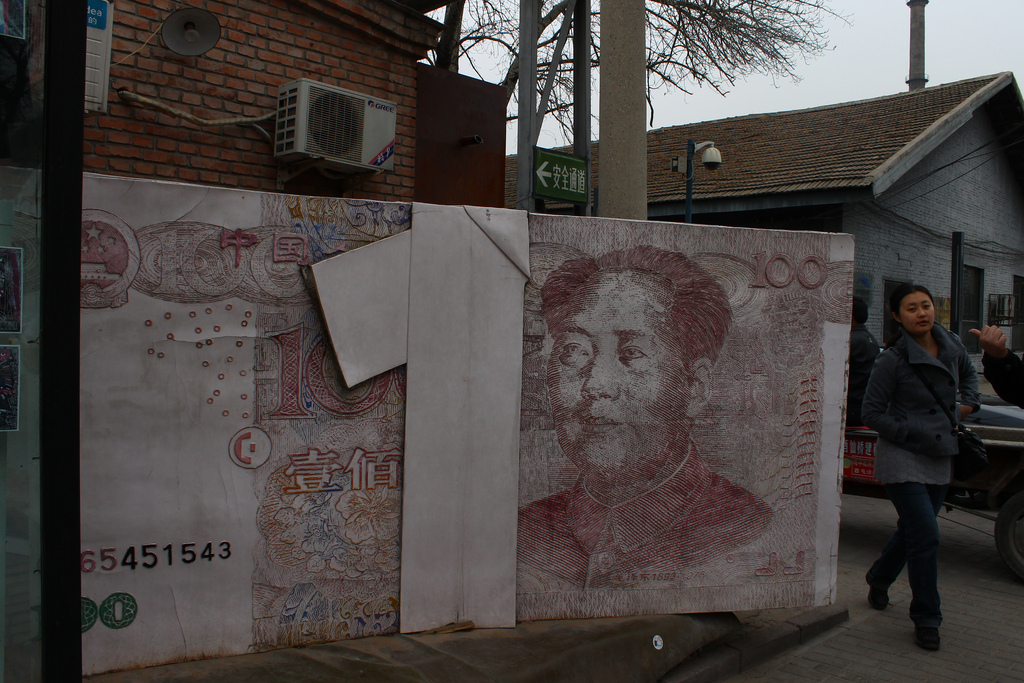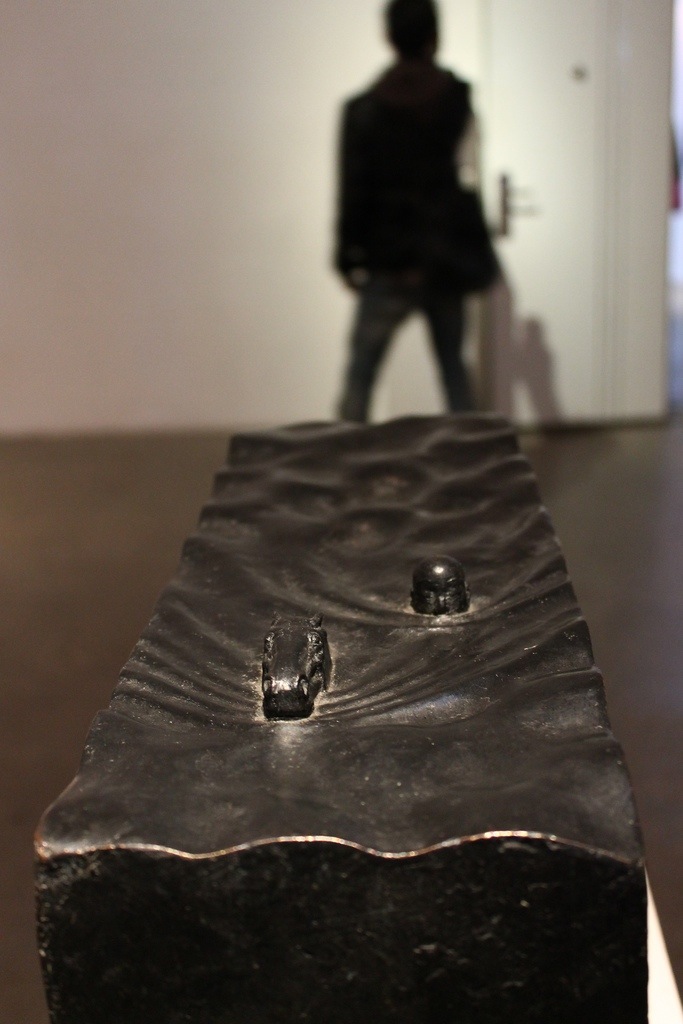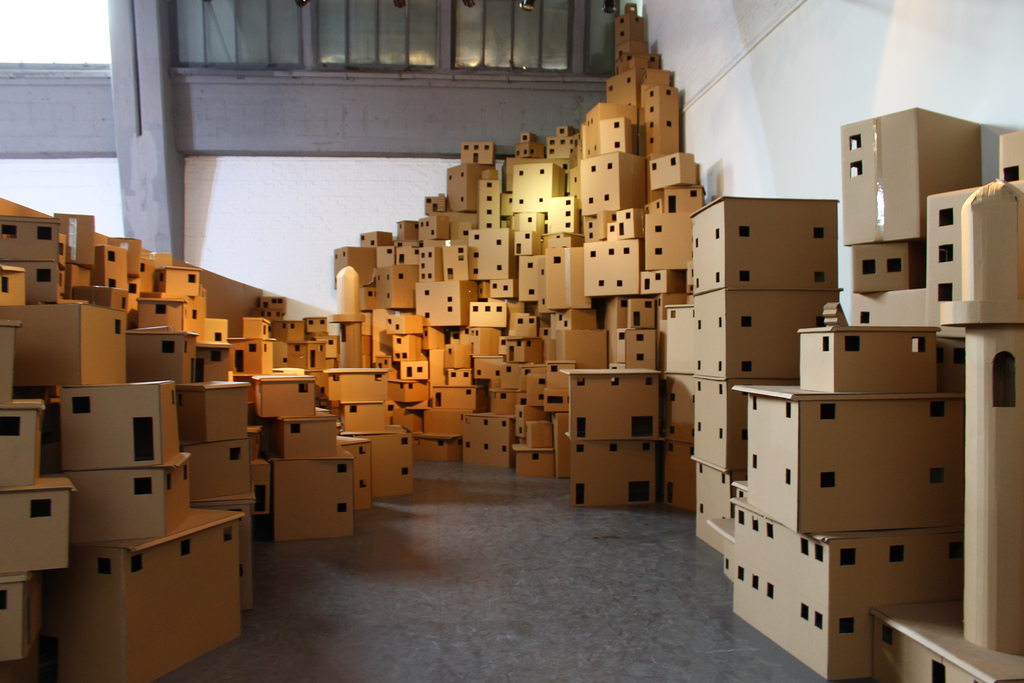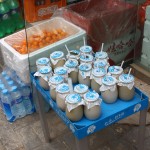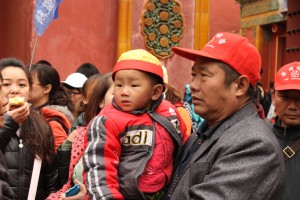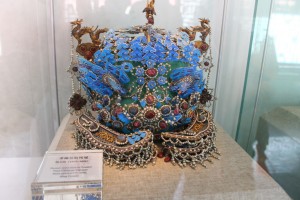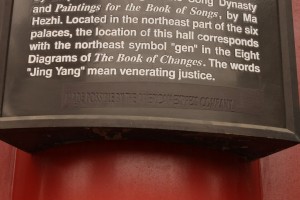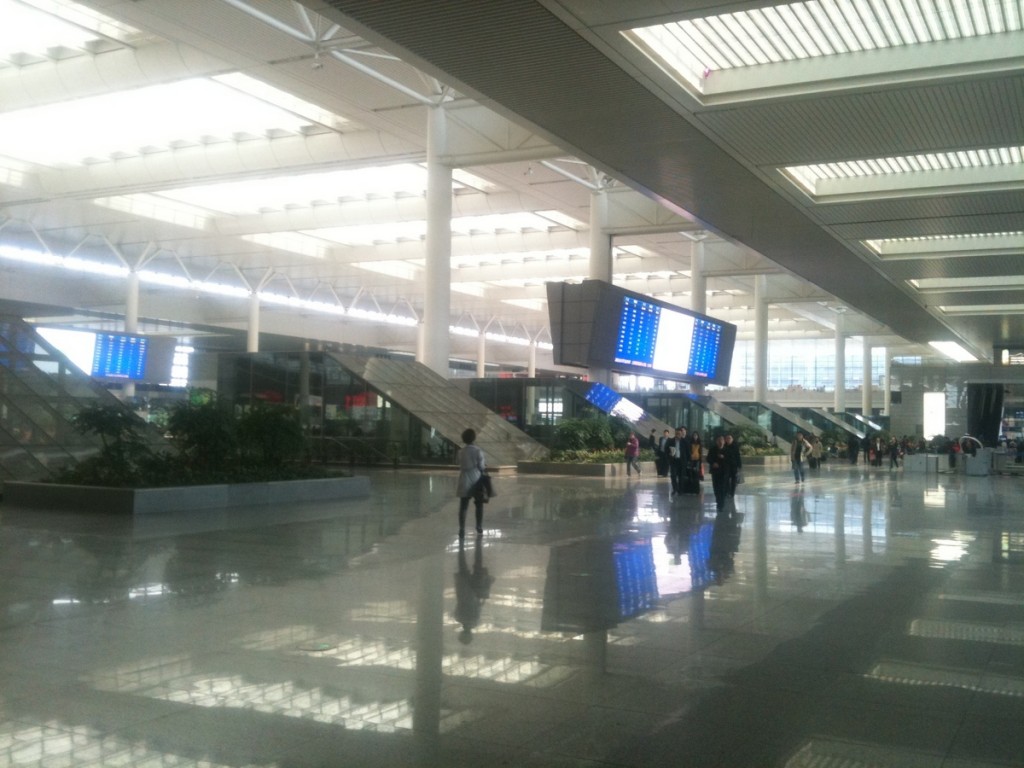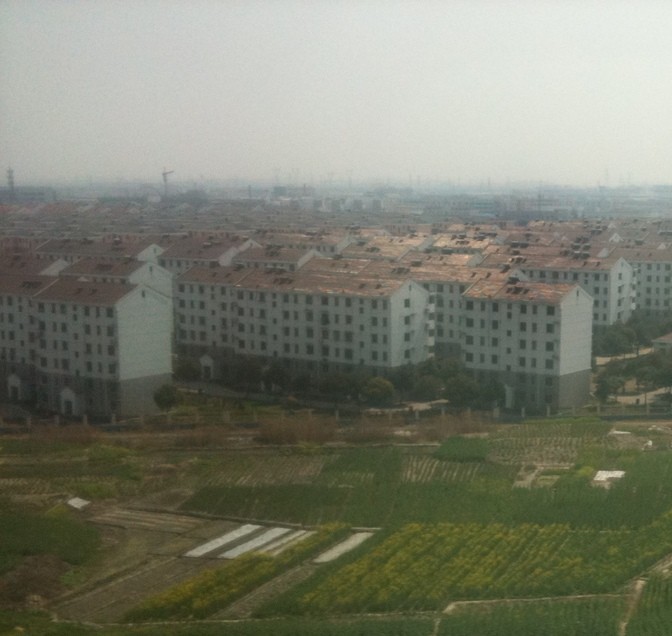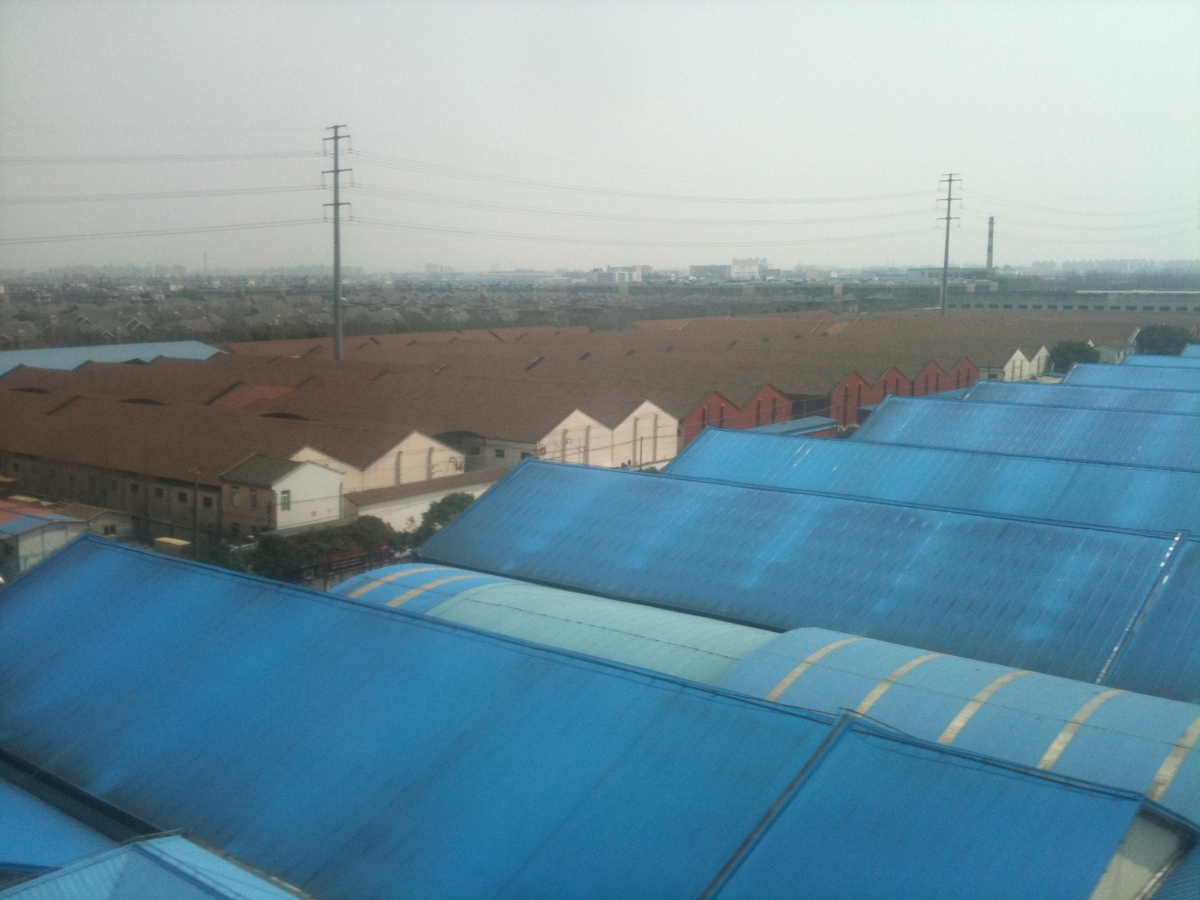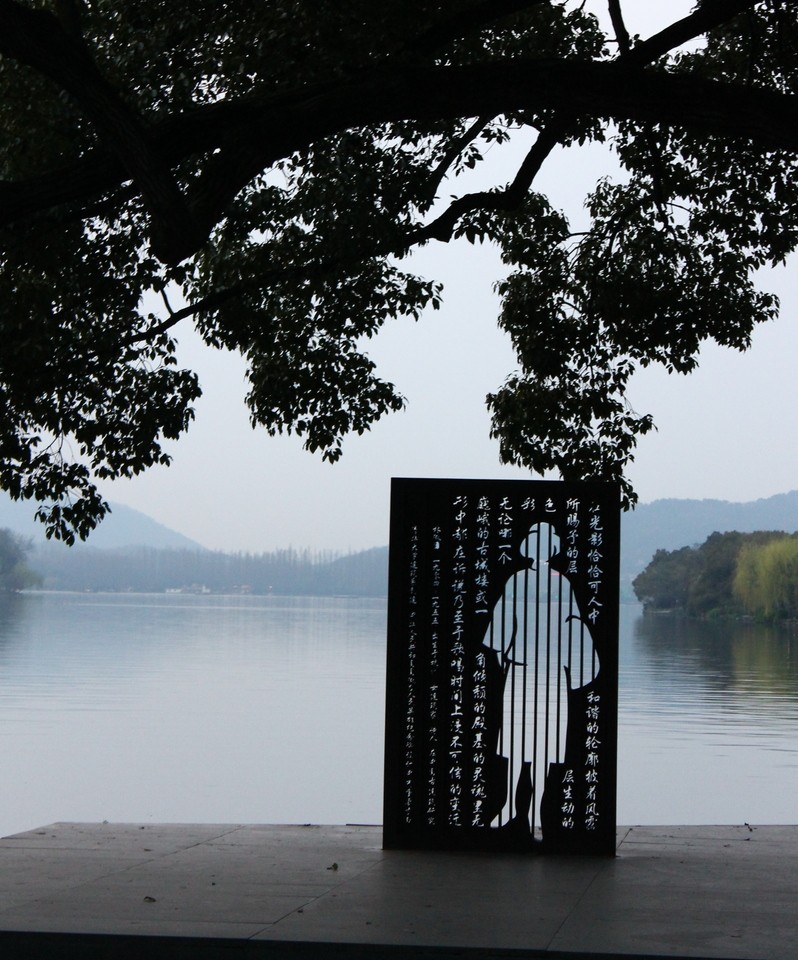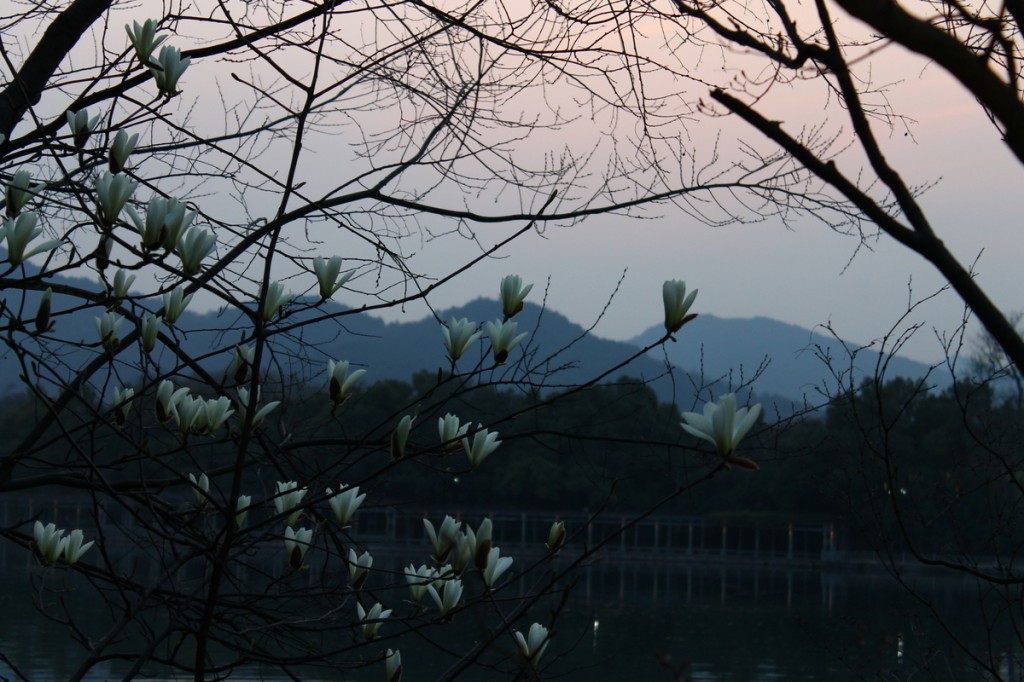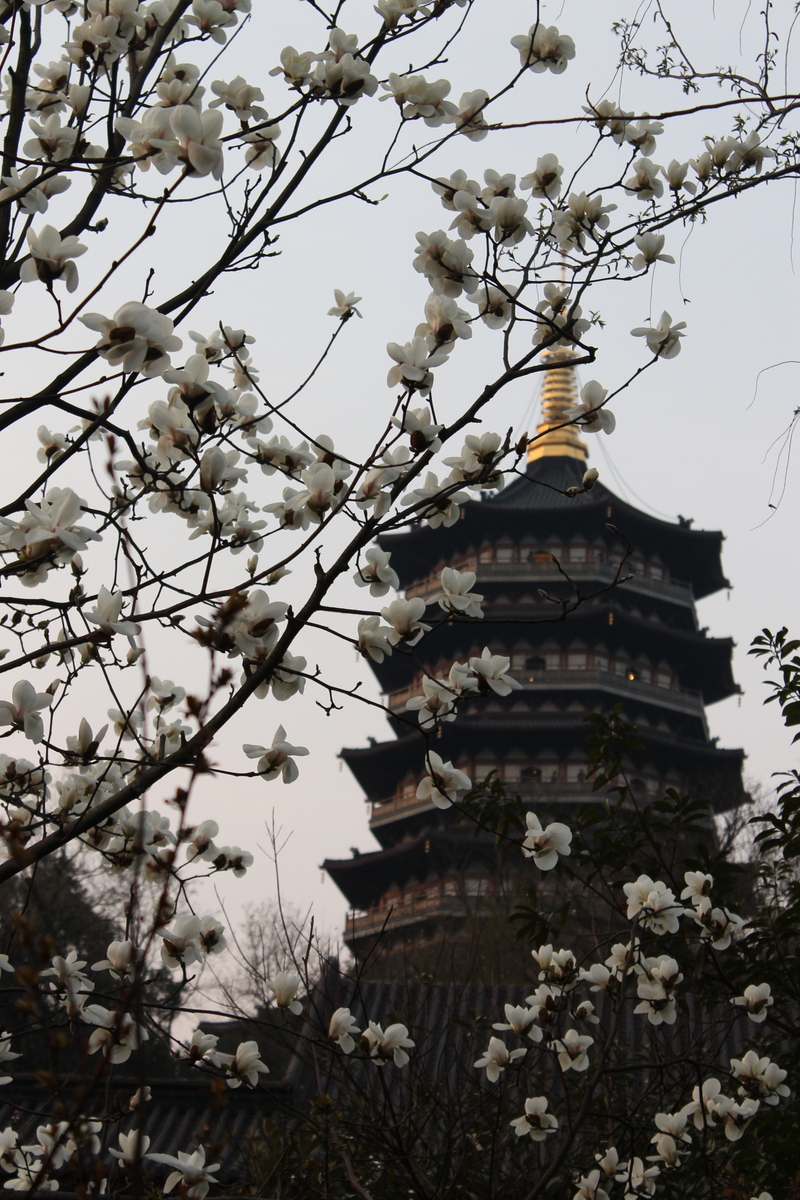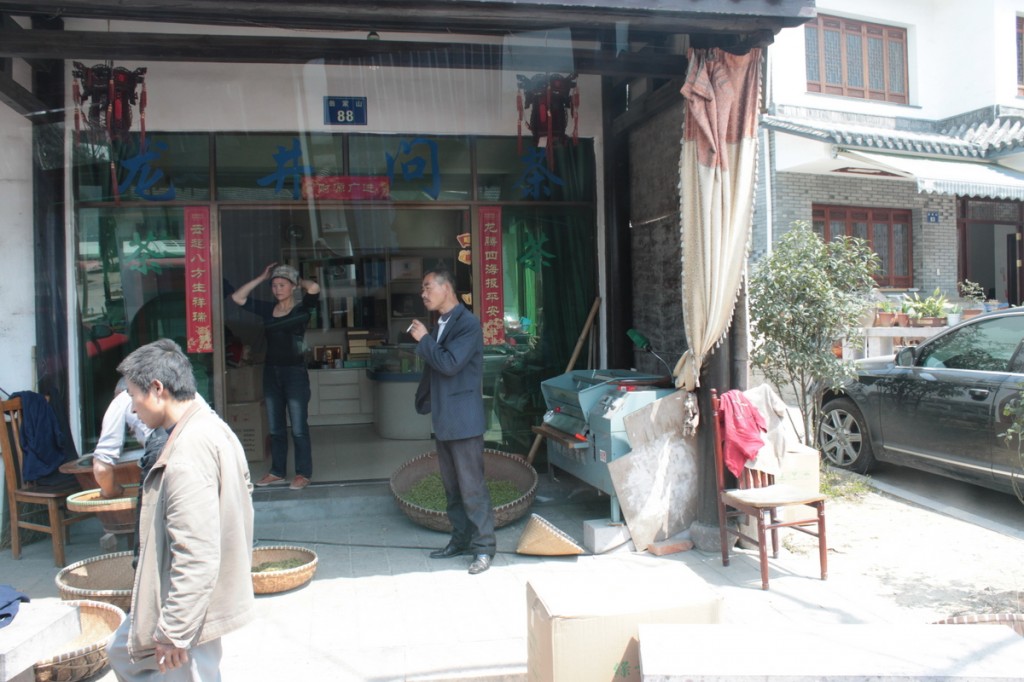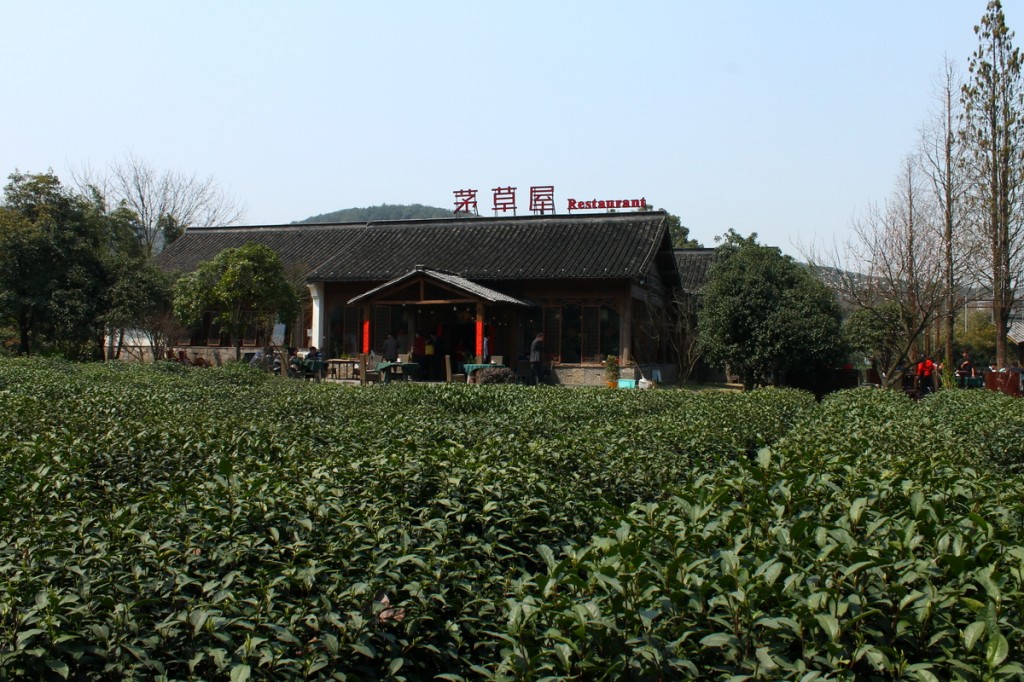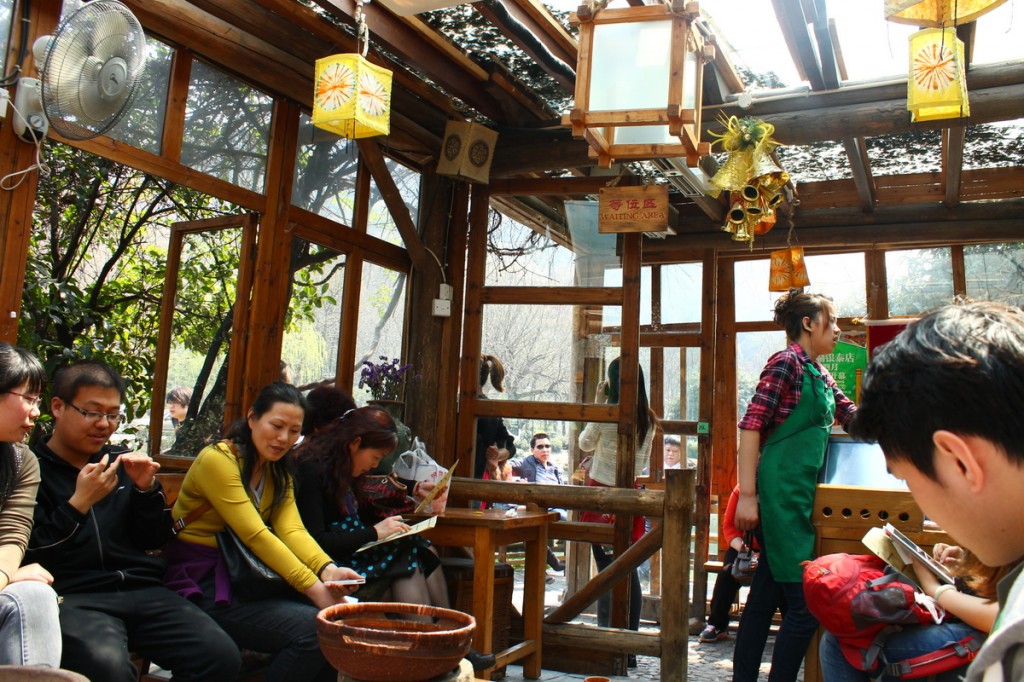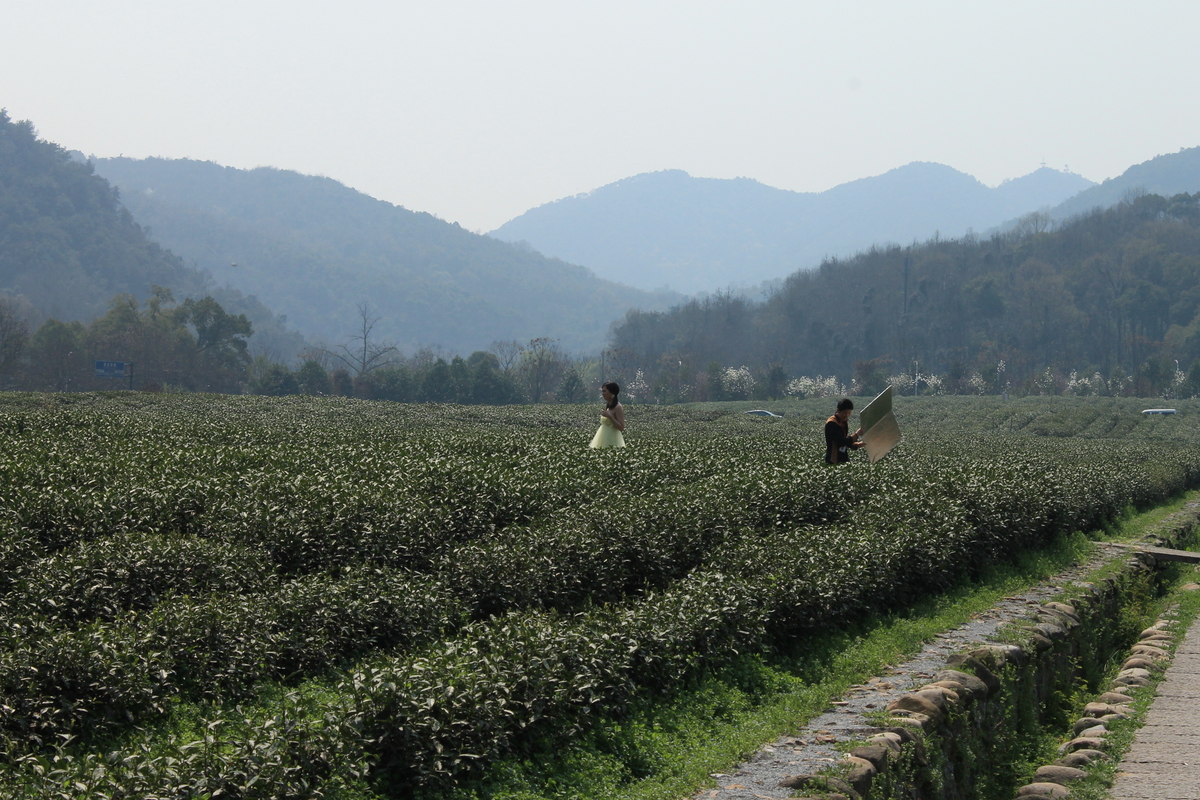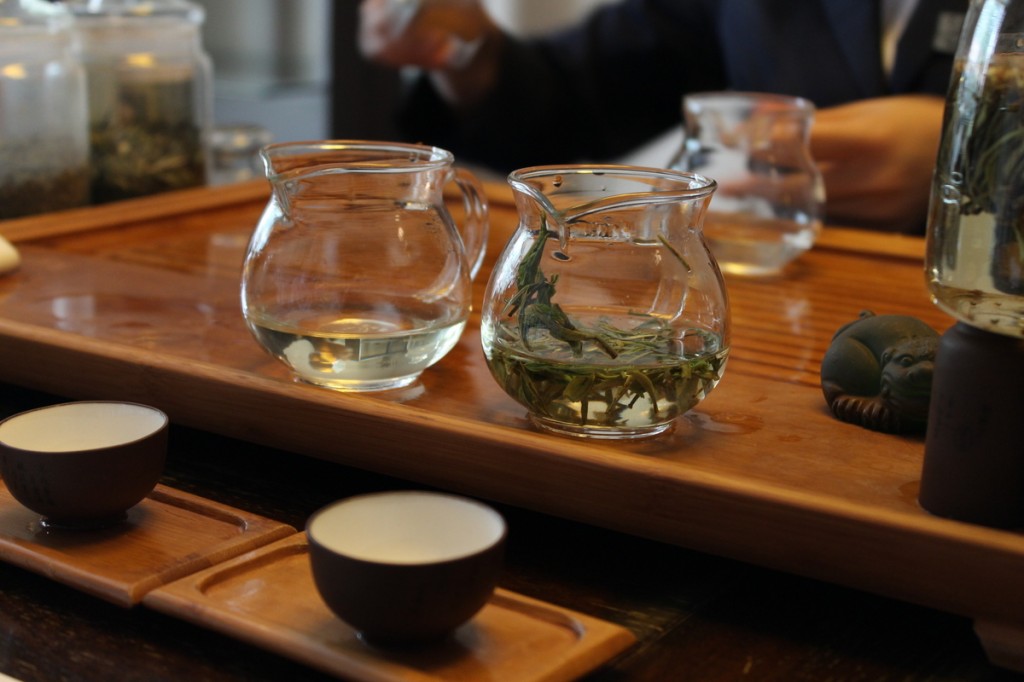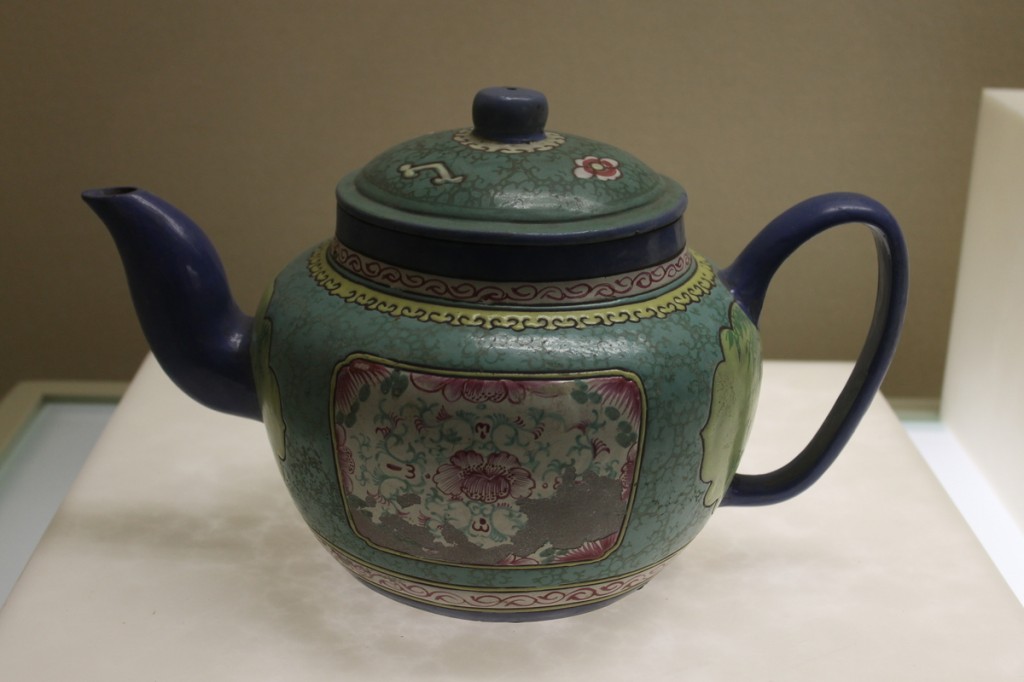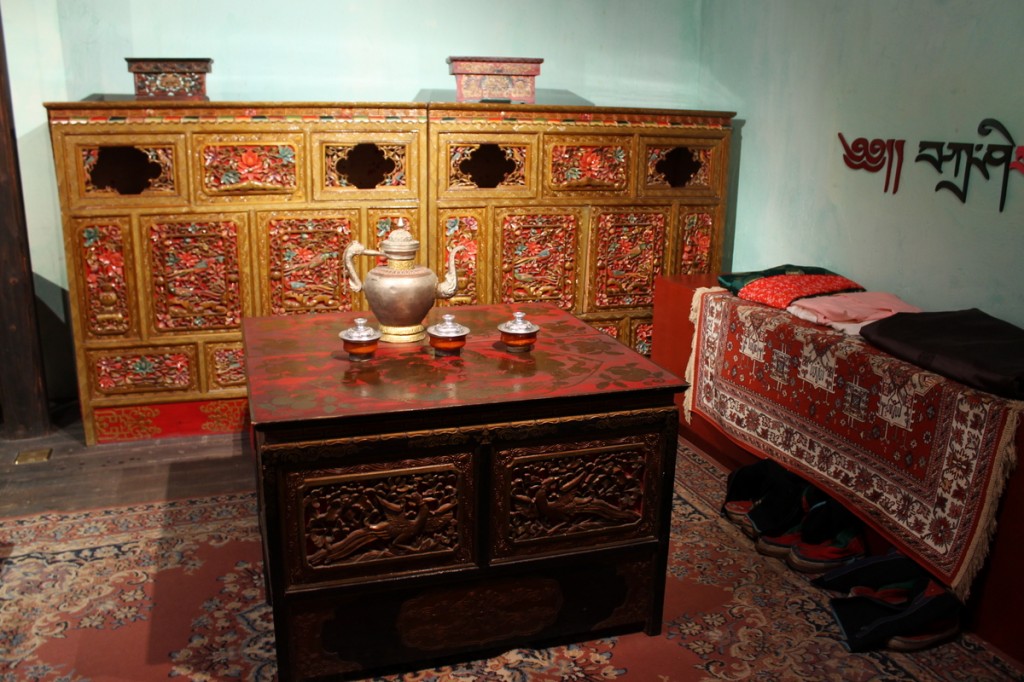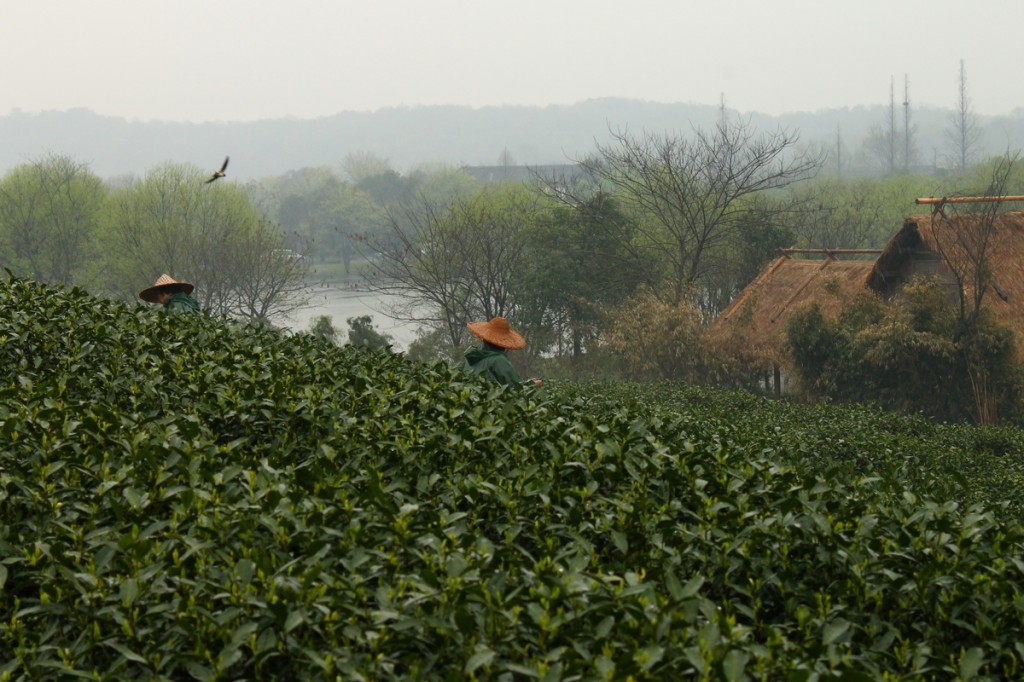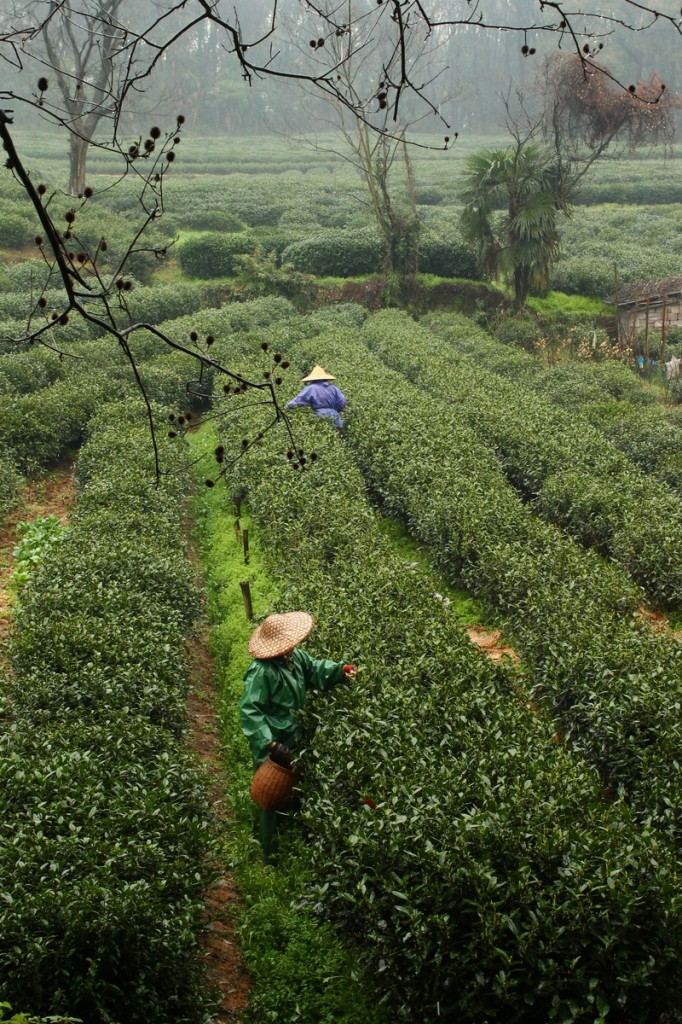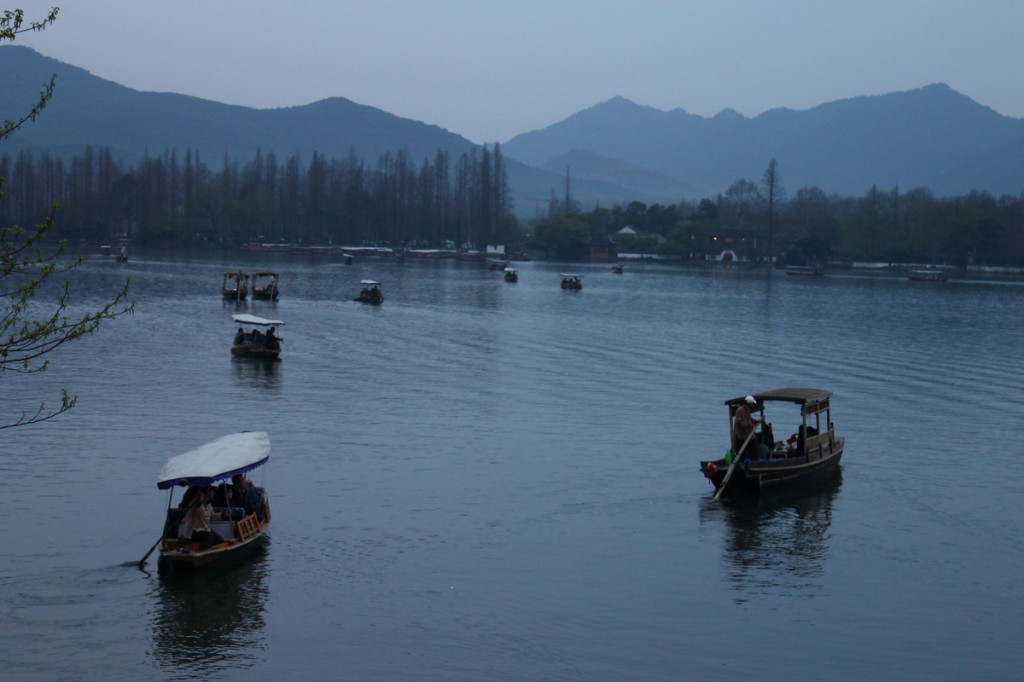 We are Anna Rice and Alex Hayton and for the next year we will be embracing slow travel by trying to journey around the world without getting on a plane. Armed with a well-thumbed copy of the Ethical Travel Guide and a small Eee PC, we will be aiming to eat local, sleep local and travel with as small a carbon footprint as possible. This is the story of our journey so far…
We are Anna Rice and Alex Hayton and for the next year we will be embracing slow travel by trying to journey around the world without getting on a plane. Armed with a well-thumbed copy of the Ethical Travel Guide and a small Eee PC, we will be aiming to eat local, sleep local and travel with as small a carbon footprint as possible. This is the story of our journey so far…
Where we are
Current Location: London, England Click here to see our whole journey-
Recent Photos
Flickr Badge Widget Powered by zourbuthPhoto Jumble
Click here to see all our photos
Flickr Badge Widget Powered by zourbuthArticle History
Travel- Tired of London (tired of life?) May 16, 2011
- East to West or West to East? June 20, 2011
- 8 Days to go... July 12, 2011
- Southampton to New York August 5, 2011
- New York and Washington August 9, 2011
- Chicago August 13, 2011
- California Zephyr - Chicago to San Francisco August 15, 2011
- San Francisco September 20, 2011
- Santa Cruz September 21, 2011
- Carmel September 21, 2011
- Big Sur October 24, 2011
- Cambria and Morro Bay October 30, 2011
- Santa Barbara November 6, 2011
- The Chumash Indians of Santa Barbara County November 9, 2011
- Santa Monica: Putting the 'me' back in Environmental November 11, 2011
- San Pedro and Cargo ships November 17, 2011
- Sustainable Sea Travel: The Pacific Voyagers at San Pedro November 17, 2011
- San Diego November 26, 2011
- North Hollywood, Los Angeles November 26, 2011
- Feeling sick on the Ocean waves November 30, 2011
- Passenger Liners and Environmental Practice November 30, 2011
- Hawaiian Hawaiʻi December 5, 2011
- Hilo, Kona and Honolulu December 5, 2011
- Pago Pago, Tutuila Island, American Samoa December 7, 2011
- Samoa - The 'Last Place on Earth' (until December) December 16, 2011
- Suva, Fiji December 21, 2011
- New Caledonia December 21, 2011
- Life at Sea December 21, 2011
- Arriving in Sydney: 3 weeks and 7,415 nautical miles from L.A. December 23, 2011
- Sydney December 24, 2011
- Sydney to Melbourne on the Countrylink December 24, 2011
- Melbourne: From the CBD to Fitzroy December 25, 2011
- Finding our feet in Fitzroy December 26, 2011
- Crazy for Coffee: Café Culture in Melbourne December 27, 2011
- Chasing Freedom and Yarn: Street Art in Melbourne December 28, 2011
- Melbourne Markets December 30, 2011
- Melbourne Excursions December 31, 2011
- Melbourne to Brisbane January 2, 2012
- The AS Carelia: A Freight Adventure January 27, 2012
- New Zealand February 5, 2012
- A Rock n' Roll Christmas (of the non-musical variety) February 5, 2012
- Tropical Storms and Piracy Warnings February 5, 2012
- Wind Powered Cargo Ships and Arriving in Malaysia February 5, 2012
- Kuala Lumpur: a Tale of Two Cities February 5, 2012
- The Cameron Highlands: the Land of Tea and Strawberries February 25, 2012
- Street Food and Art in Penang February 28, 2012
- The Great Hornbills of Langkawi February 29, 2012
- An Island Border Crossing: Koh Lipe, Thailand March 28, 2012
- Trang to Bangkok by Bus April 12, 2012
- Moths, Monks and Prickly Heat in Bangkok April 15, 2012
- A Window to the Wetlands: Thailand to Cambodia by Train and Tuk-Tuk April 16, 2012
- Sifting through Arts Cafés in Siem Reap April 17, 2012
- Angkor Wat April 19, 2012
- Phnom Penh to Sihanoukville to get a Vietnamese Visa April 21, 2012
- Kampot Pepper and Le Bout du Monde in Kep May 10, 2012
- Crossing the Mekong Delta into Vietnam May 12, 2012
- The Fabric of Hoi An May 15, 2012
- Night Herons and Elephants of the Forgotten City in Huế May 20, 2012
- The Reunification Express June 28, 2012
- Hanoi July 9, 2012
- Into the mists of China we go... July 10, 2012
- From the City to the Mountains by Train and Bus August 29, 2012
- Among the Karst Peaks of Yangshuo, Guanxi Province September 29, 2012
- Menacing Hills and a Brush with Food Poisoning: if we can just make it to Hong Kong... December 1, 2012
- Hong Kong January 3, 2013
- On the Trail of J.G. Ballard and New Wave Art in Shanghai January 11, 2013
- Hangzhou and some Emperor Longjing Tea January 16, 2013
- Beijing and the 798 Arts District April 20, 2013
- Morning in Mongolia... May 14, 2013
- Camping in the Gobi Desert October 25, 2013
- The Great Train Bazaar: Trans-Mongolian Railway December 24, 2013
- Moscow January 26, 2014
Bookshops- New York August 4, 2011
- San Francisco August 12, 2011
- Santa Cruz August 17, 2011
- Big Sur August 22, 2011
- Los Angeles November 26, 2011
- Hawaiʻi February 25, 2012
Food- Chicago August 21, 2011
- San Francisco August 22, 2011
- Bodega Bay September 20, 2011
- Santa Cruz September 21, 2011
- Big Sur September 21, 2011
- Monterey Bay September 21, 2011
- Santa Barbara November 26, 2011
- Hawaiʻi November 28, 2011
- The Melbourne Food Bazaar December 28, 2011
- Malaysia: Street food in Penang February 25, 2012
- Thailand February 26, 2012
- Amok Curries, Mango Salads and Morning Glory: Cambodian Cuisine February 27, 2012
Other blogs we like
Food
Green
Other
Travel
Tags
American Samoa Atlantic Australia Bangkok Beaches Books Brisbane Cambodia Cargo ship China Culture Eco Lodge Environment Food Freighters Ger Camps Greenwells Farm Hawaii Hilo History Hong Kong Honolulu Kona Land Travel Malaysia Melbourne Mongolia North America Our Journey Penang Sea Travel South East Asia South Pacific Storms Sustainable Tourism Sydney Thailand Trains Train Travel Trans-Mongolian Trans-siberian Tsunami United Kingdom Vietnam YangshuoSoundtrack of the trip (compiled by Julia C)

1. Goodbye England - Laura Marling
2. Last Of The Melting Snow - The Leisure Society
3. See The World - The Kooks
4. Have Love Will Travel - The Black Keys
5. Flying - The Beatles
6. Last Boat To America - David Gray
7. Fake Tales Of San Francisco - Arctic Monkeys
8. No Cars Go - Arcade Fire
9. Night Train - Louis Prima
10. How Will I Ever Find My Way Home - British Sea Power
11. Homesick - Kings Of Convenience
12. Far From Home - Nick Cave
13. Gotta Keep Moving - Willy Mason
14. True Adventures - British Sea Power
15. Take Care - Beach House
16. Little Journey - The Avalanches
17. That's My Home - Louis ArmstrongSeptember 2024 M T W T F S S « Jan 1 2 3 4 5 6 7 8 9 10 11 12 13 14 15 16 17 18 19 20 21 22 23 24 25 26 27 28 29 30 Archives
Recent Comments
- anna on Amok Curries, Mango Salads and Morning Glory: Cambodian Cuisine
- anna on About
- Wonderlusting on Amok Curries, Mango Salads and Morning Glory: Cambodian Cuisine
- Tim & Sarah on About
- Smith Cam on Phnom Penh to Sihanoukville to get a Vietnamese Visa
- alex on Hong Kong
- Laura C on Hong Kong
- Kelly on Hangzhou and some Emperor Longjing Tea

